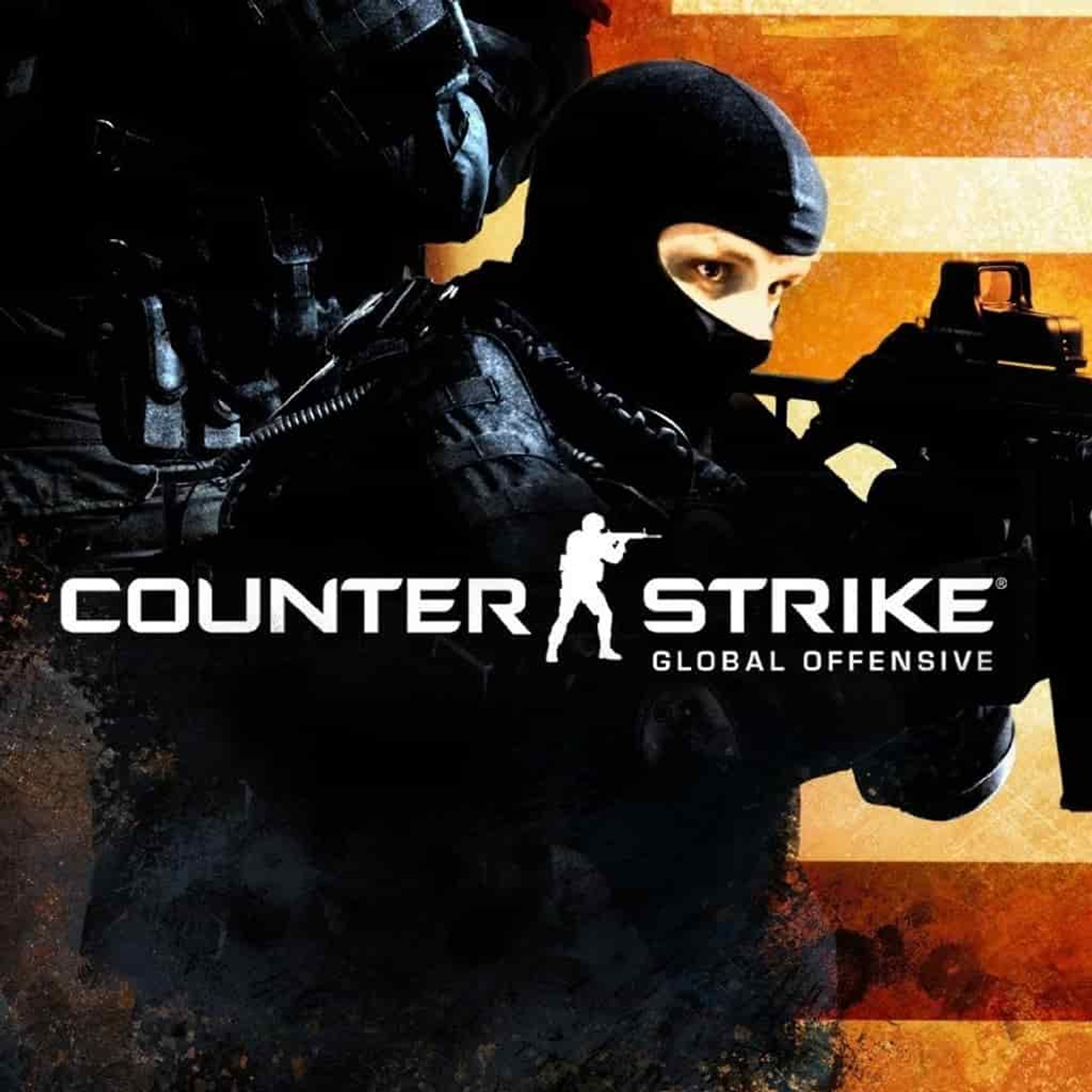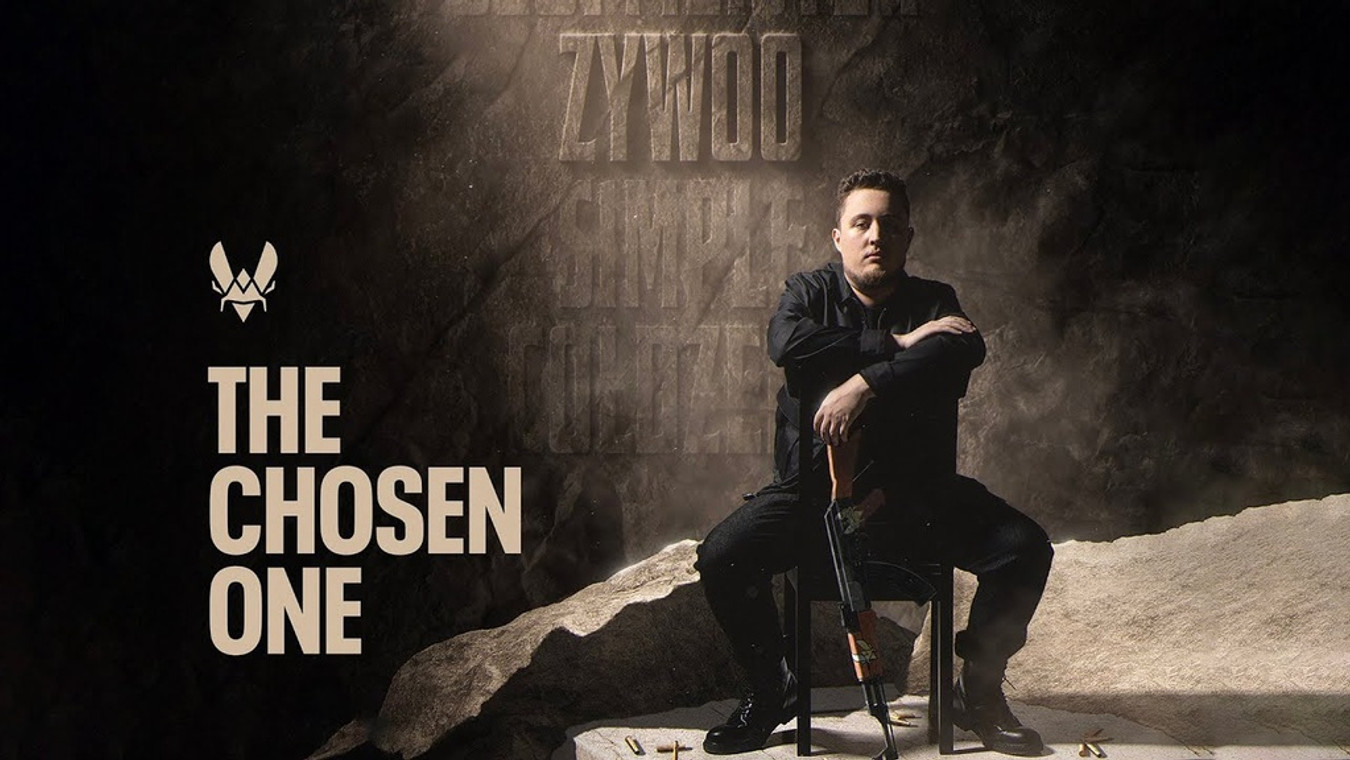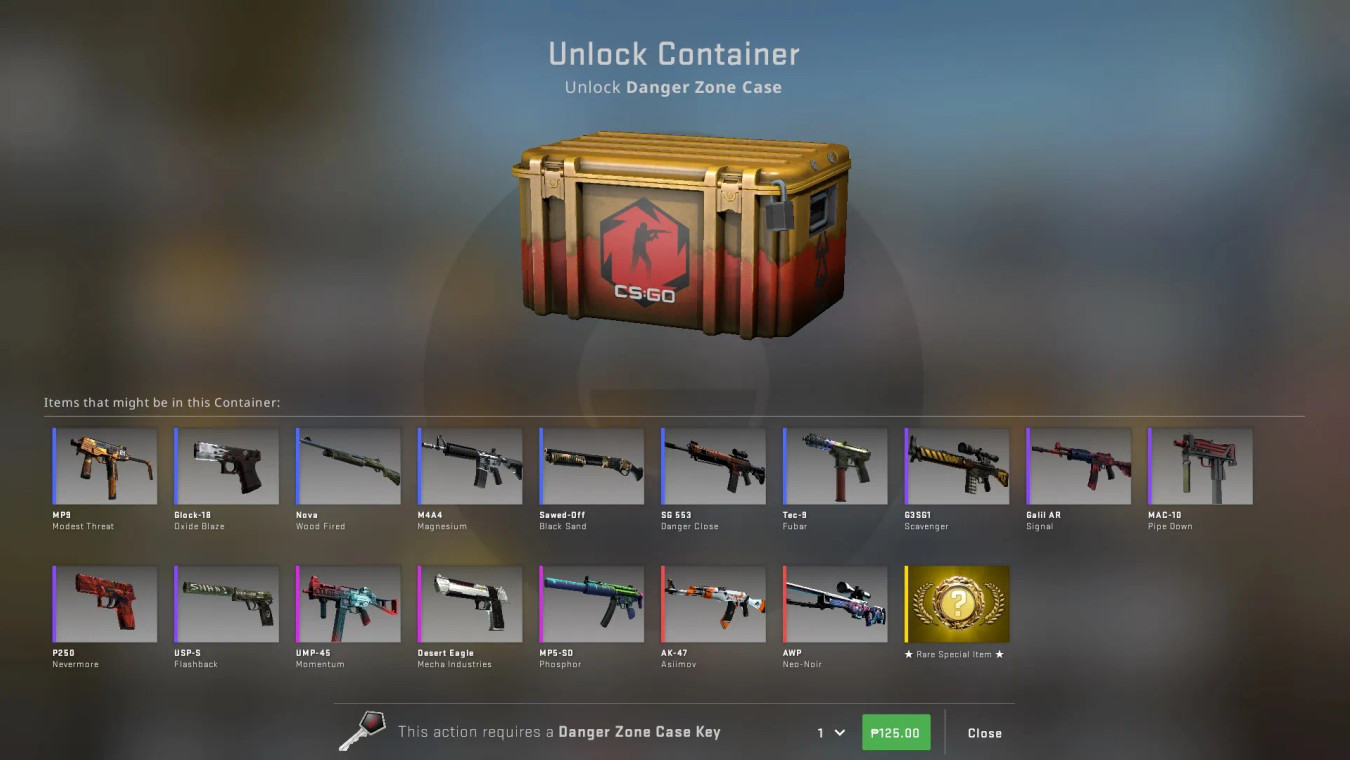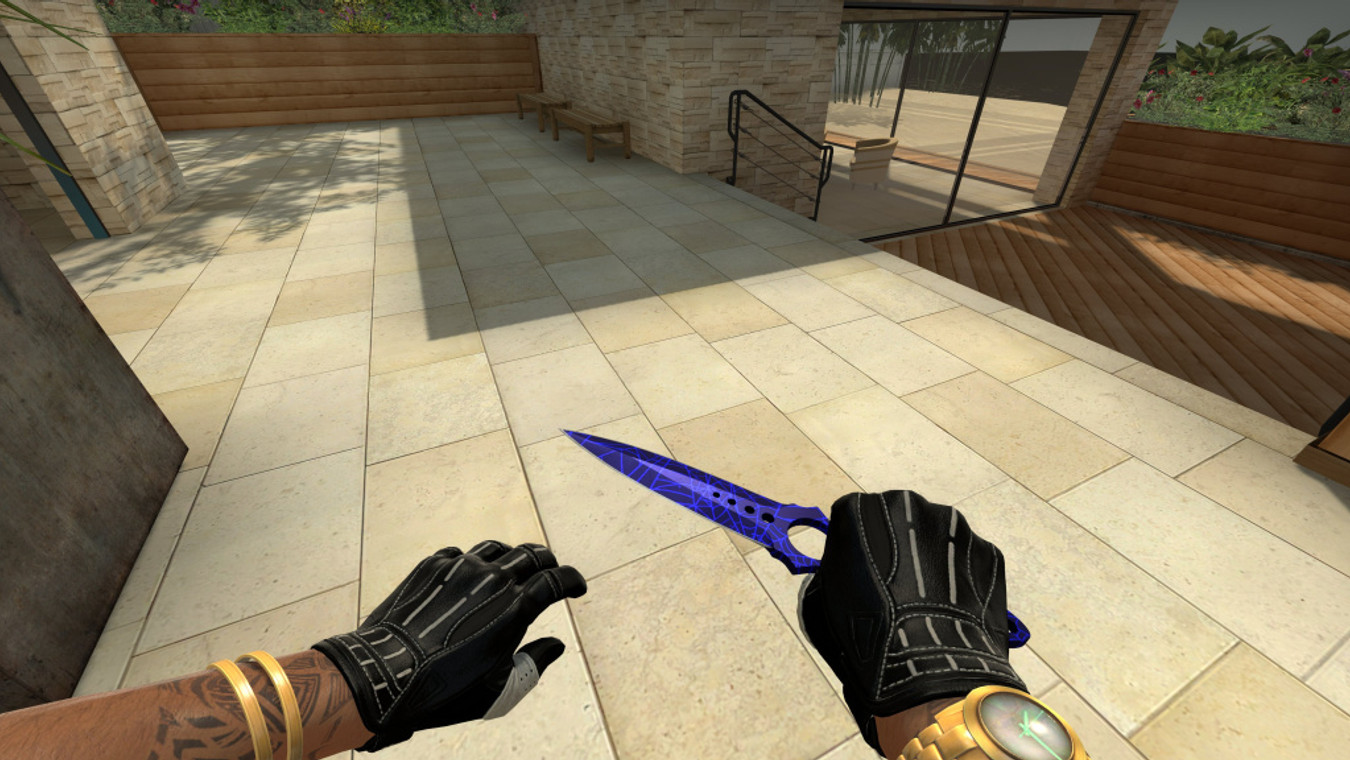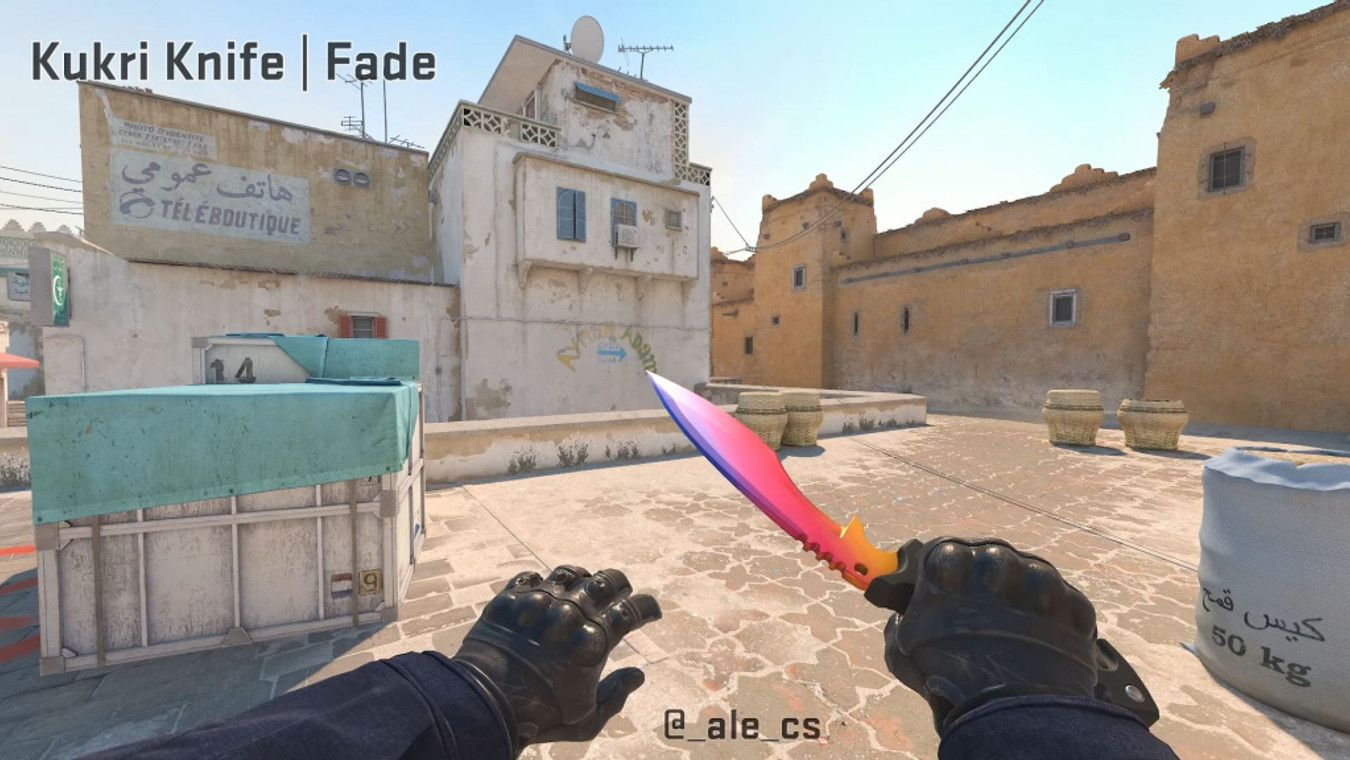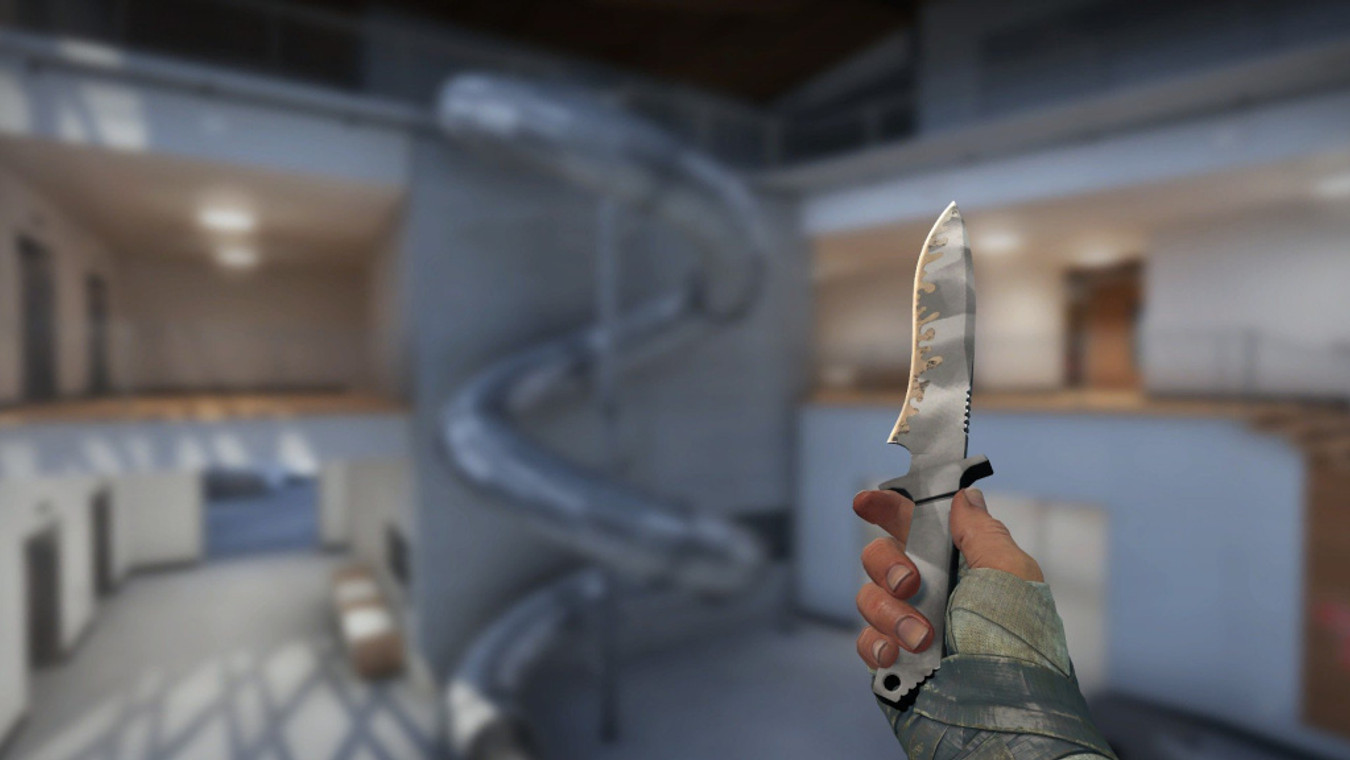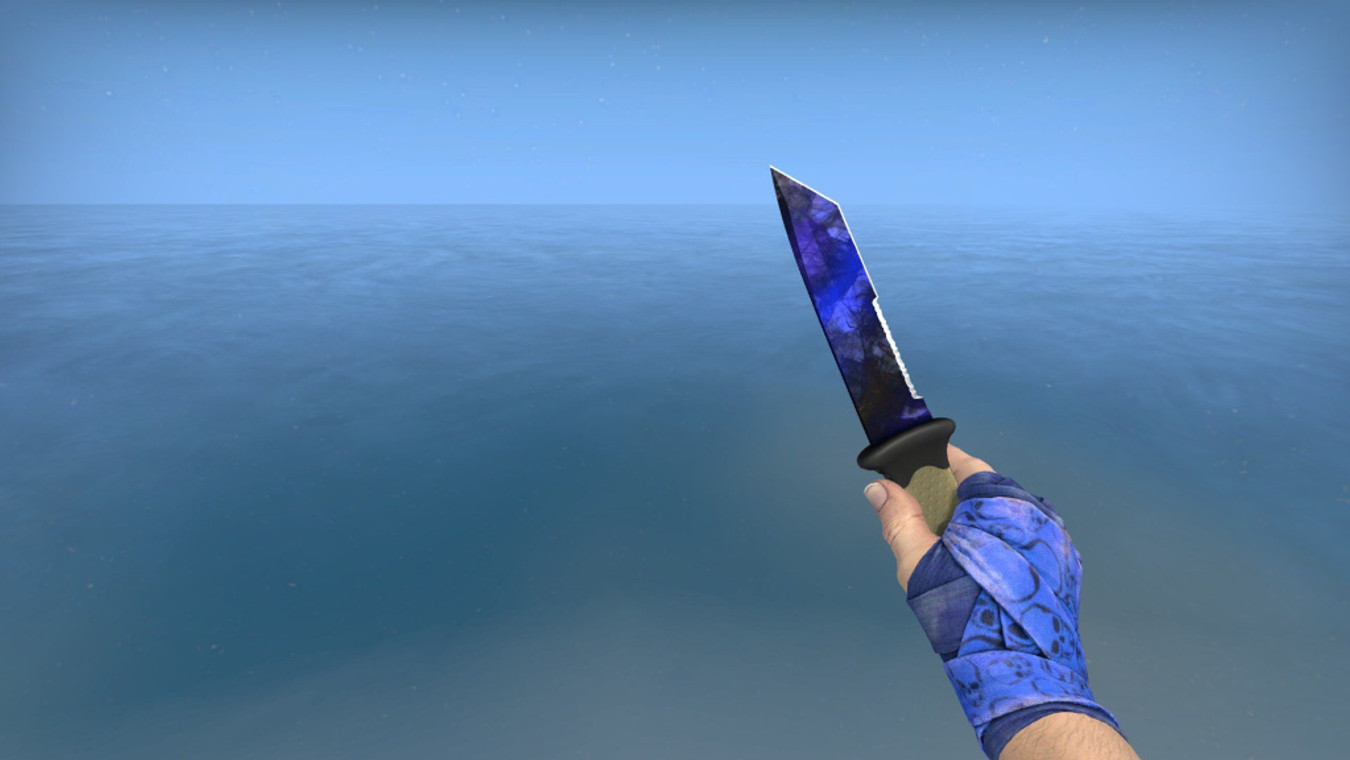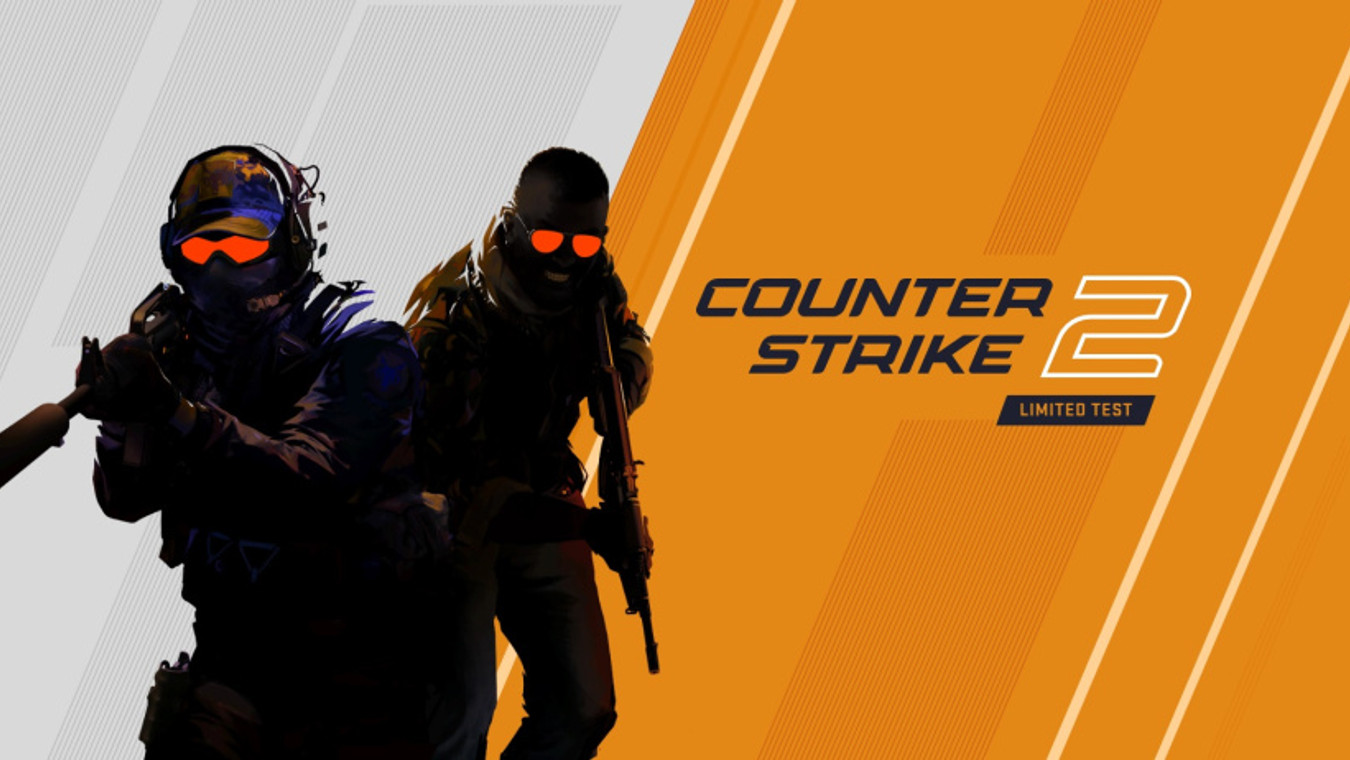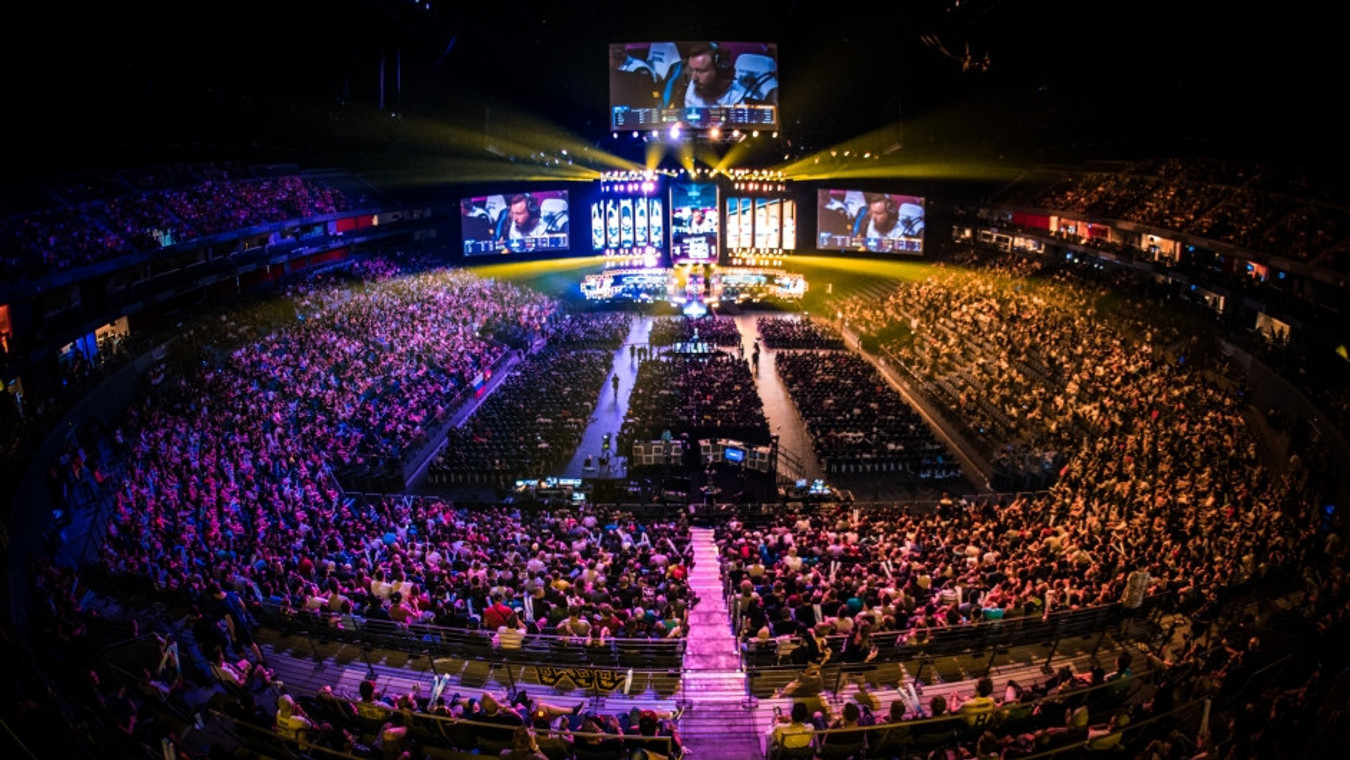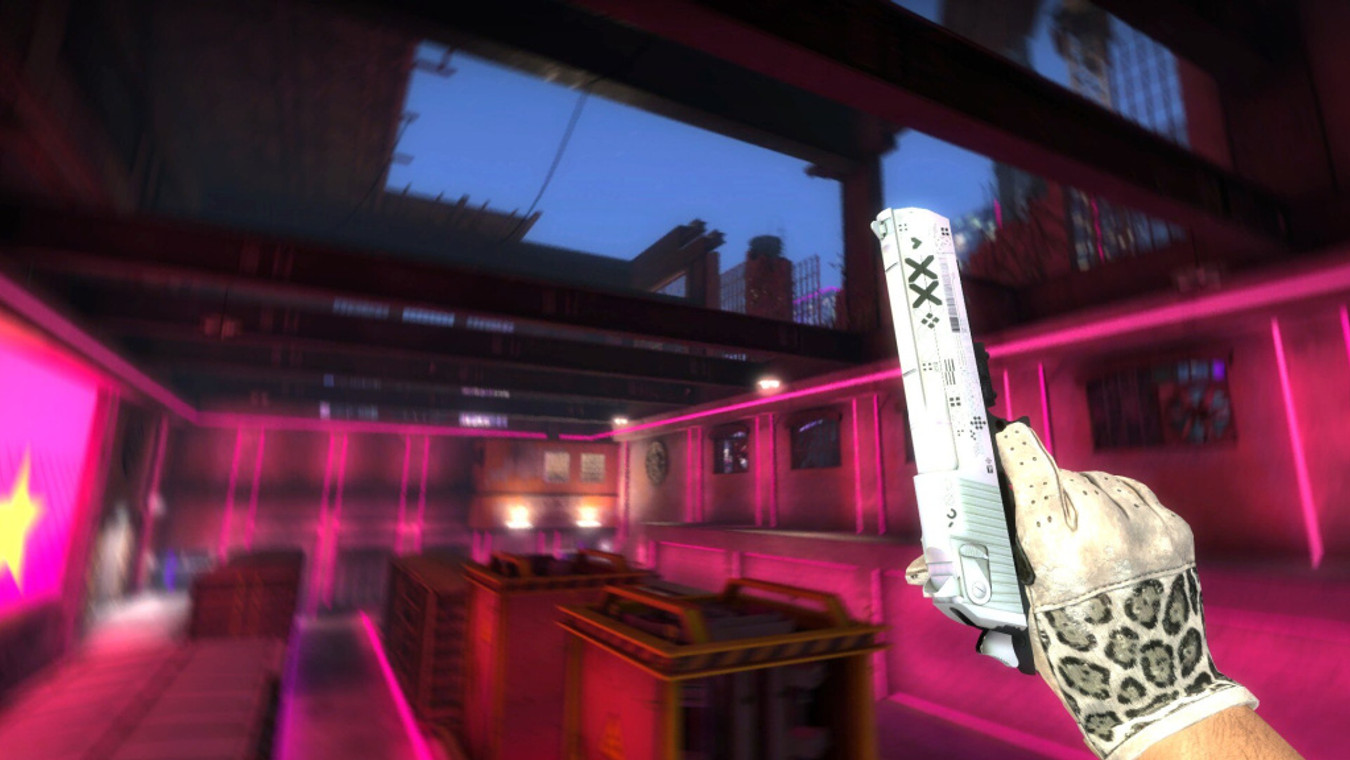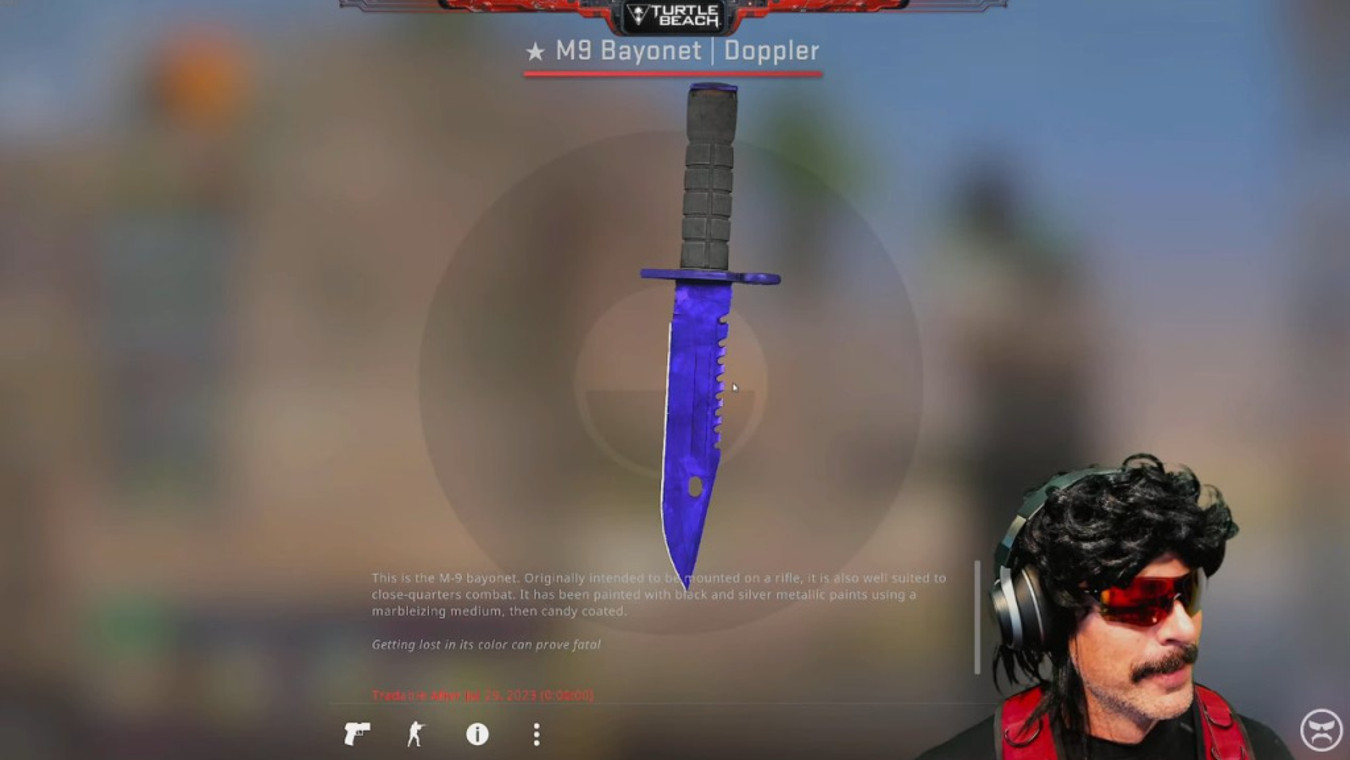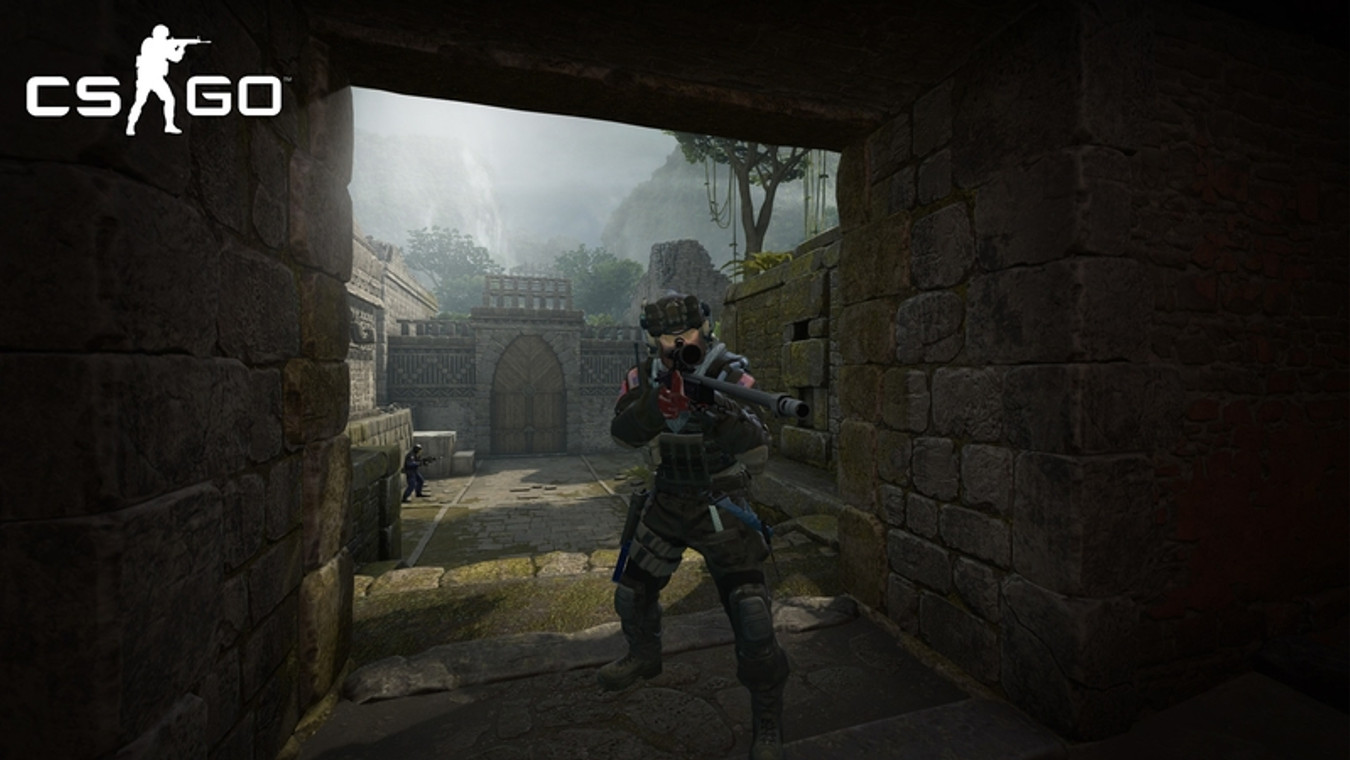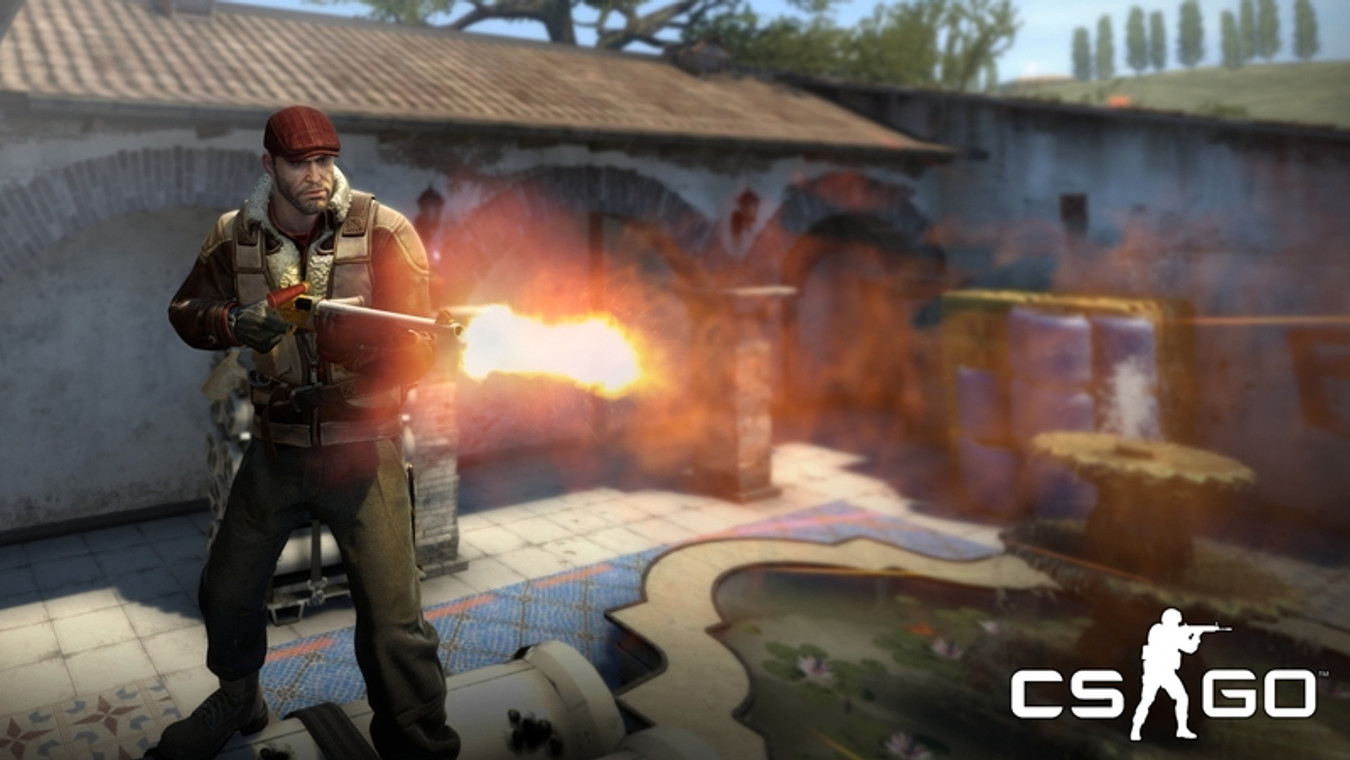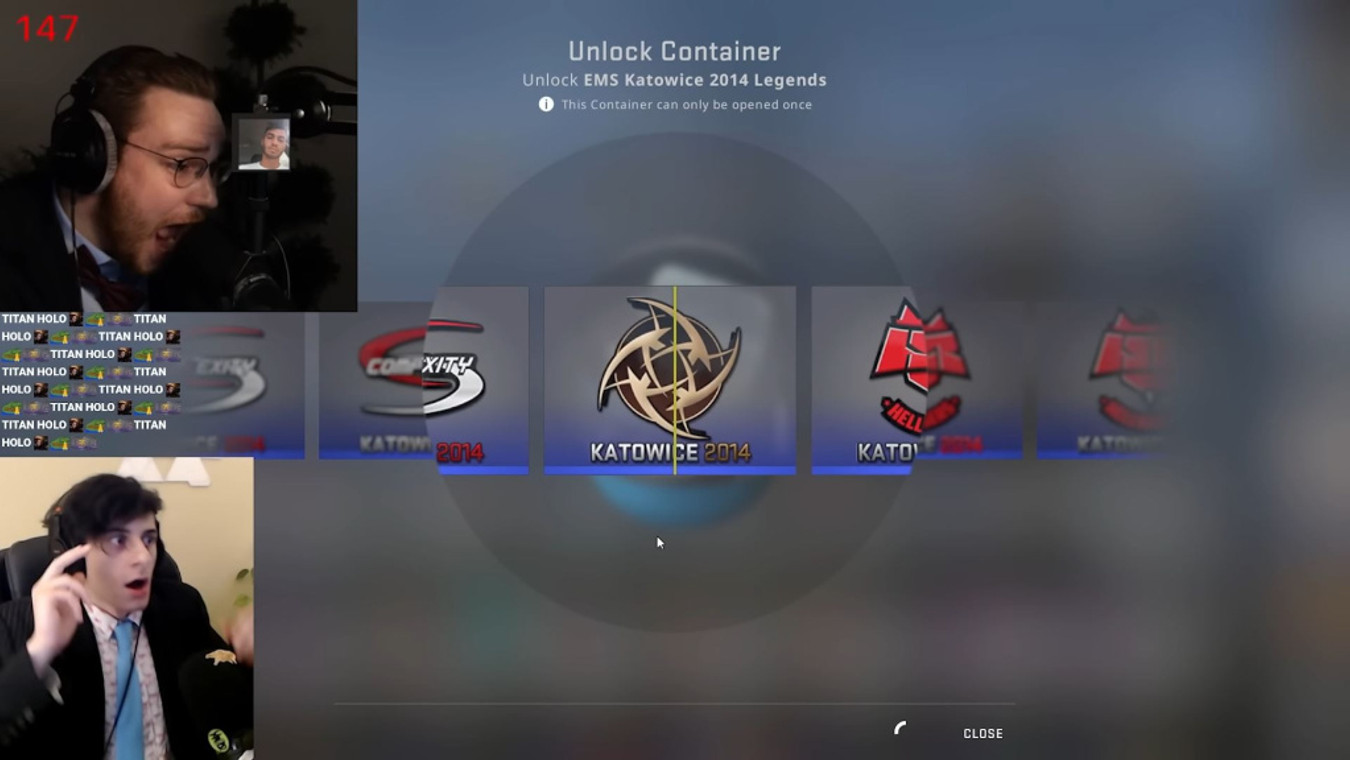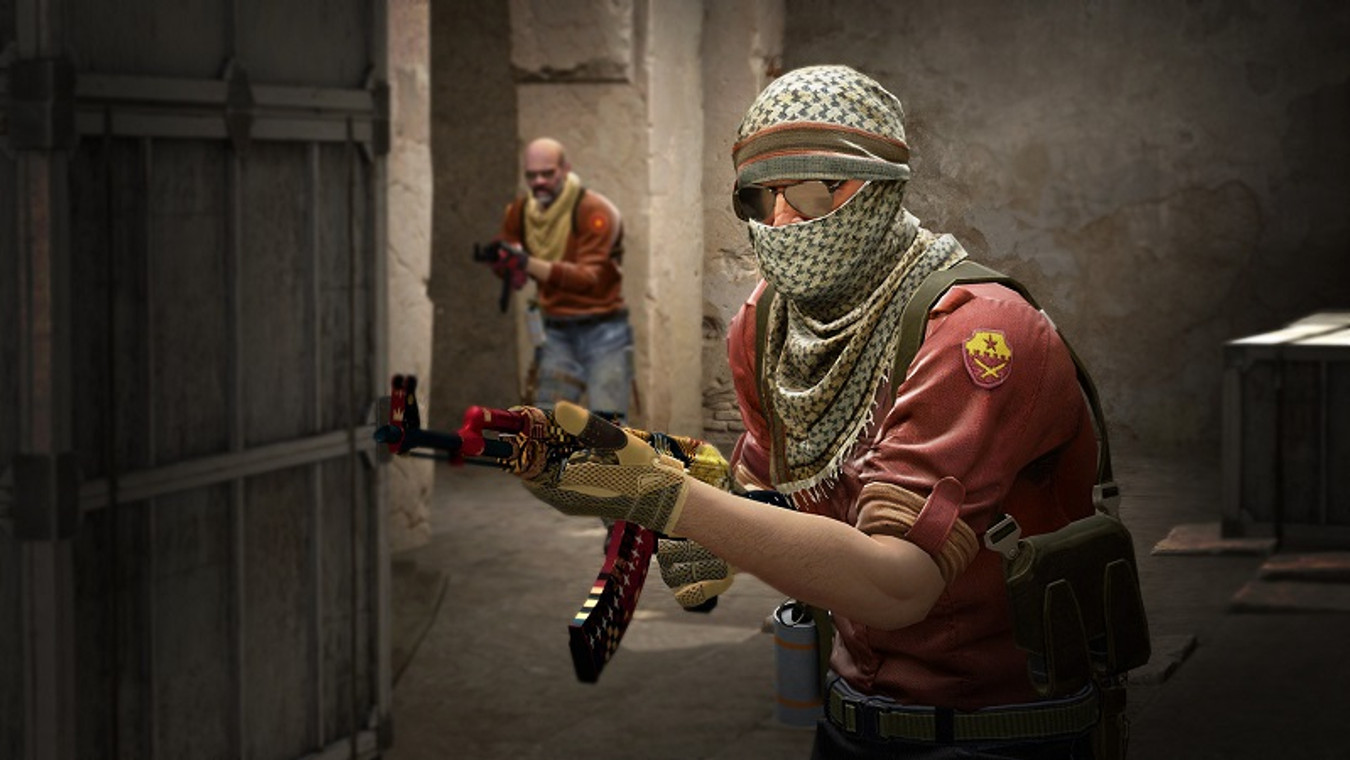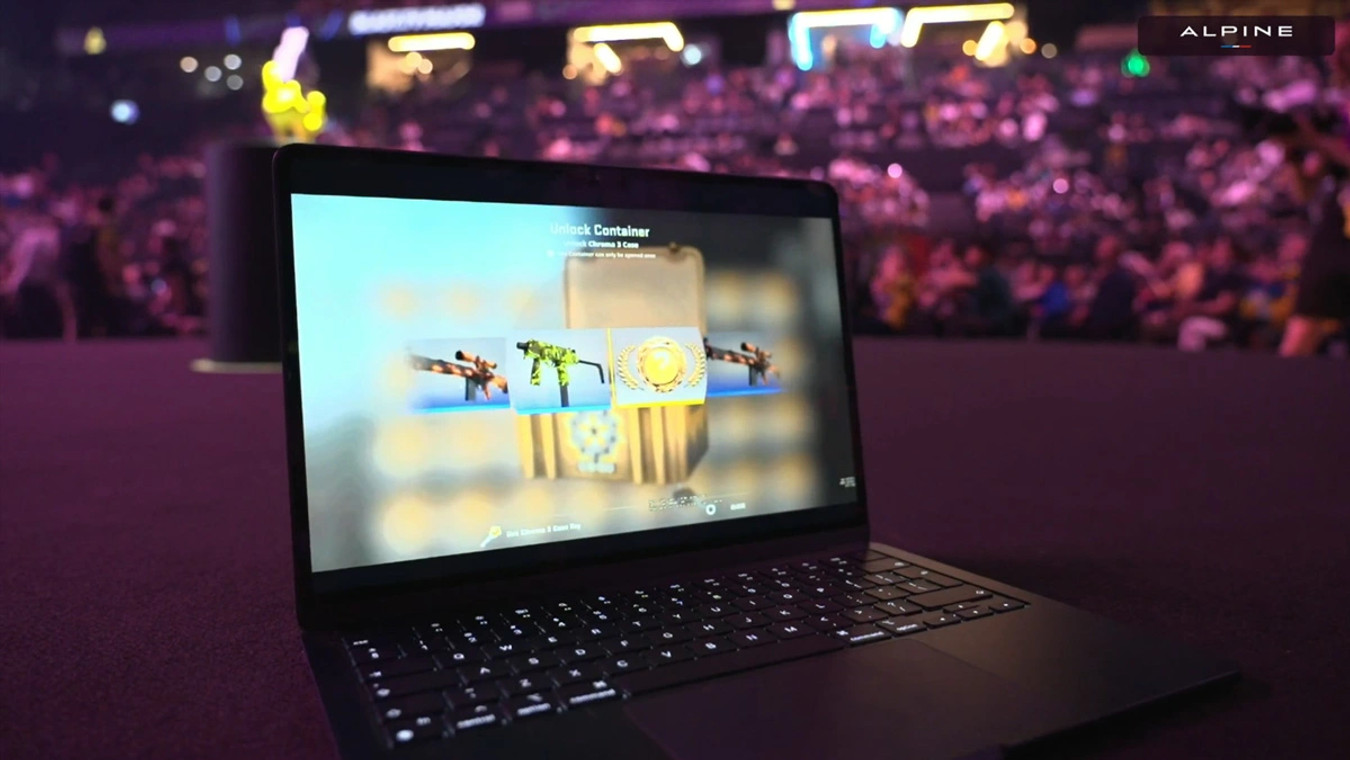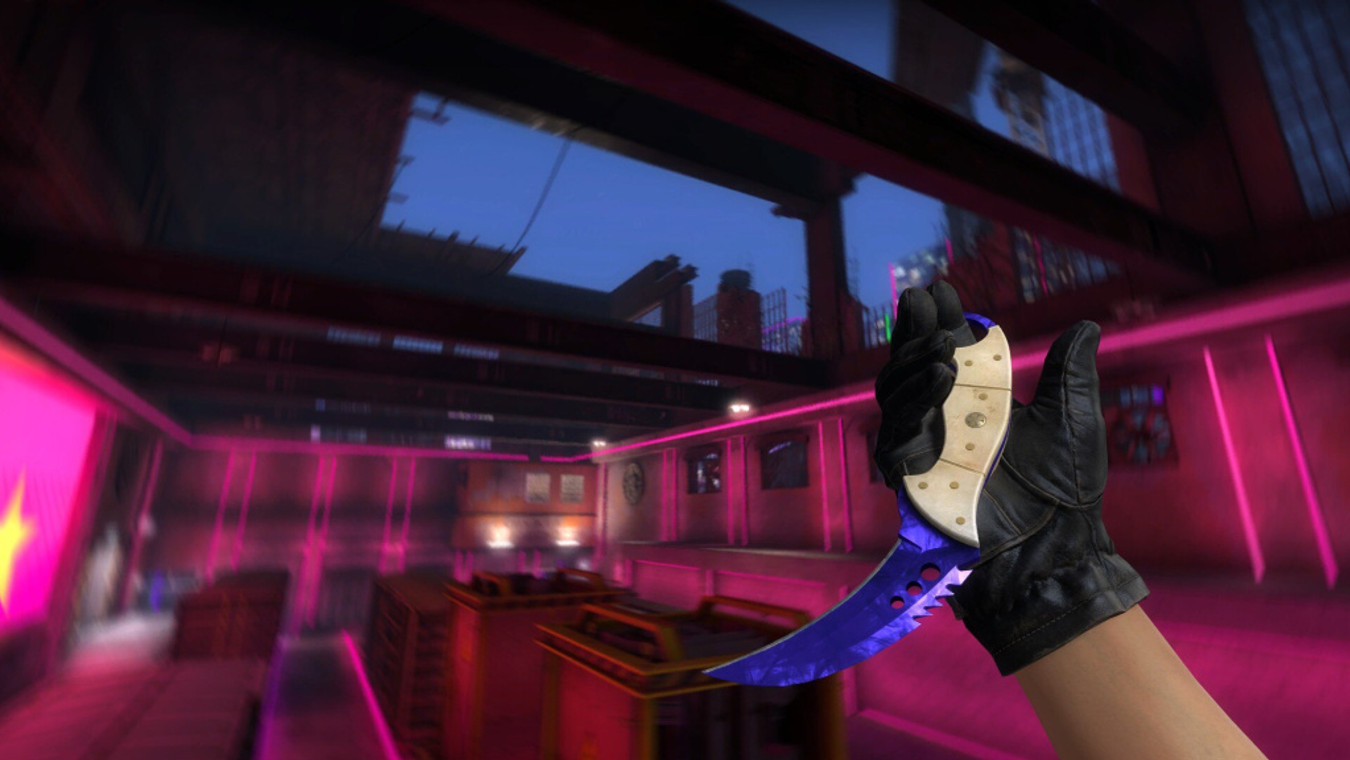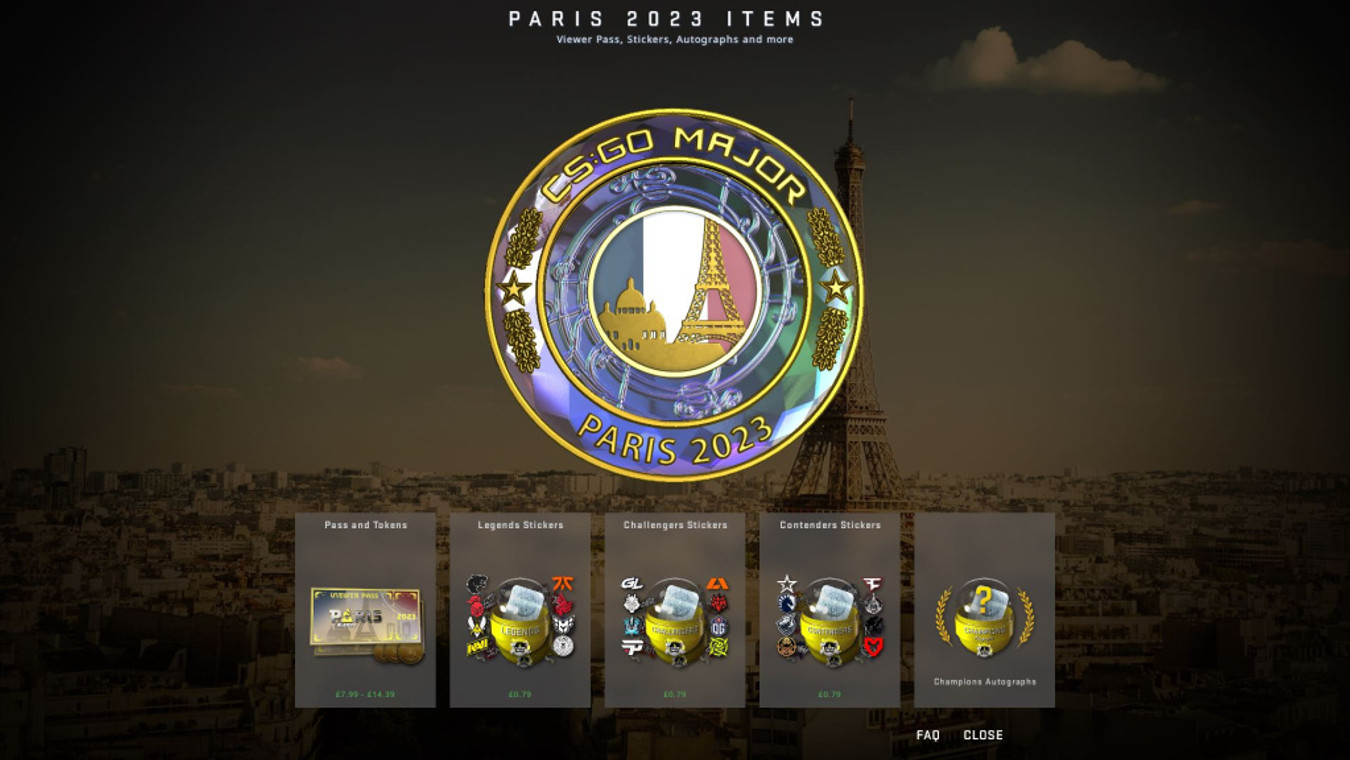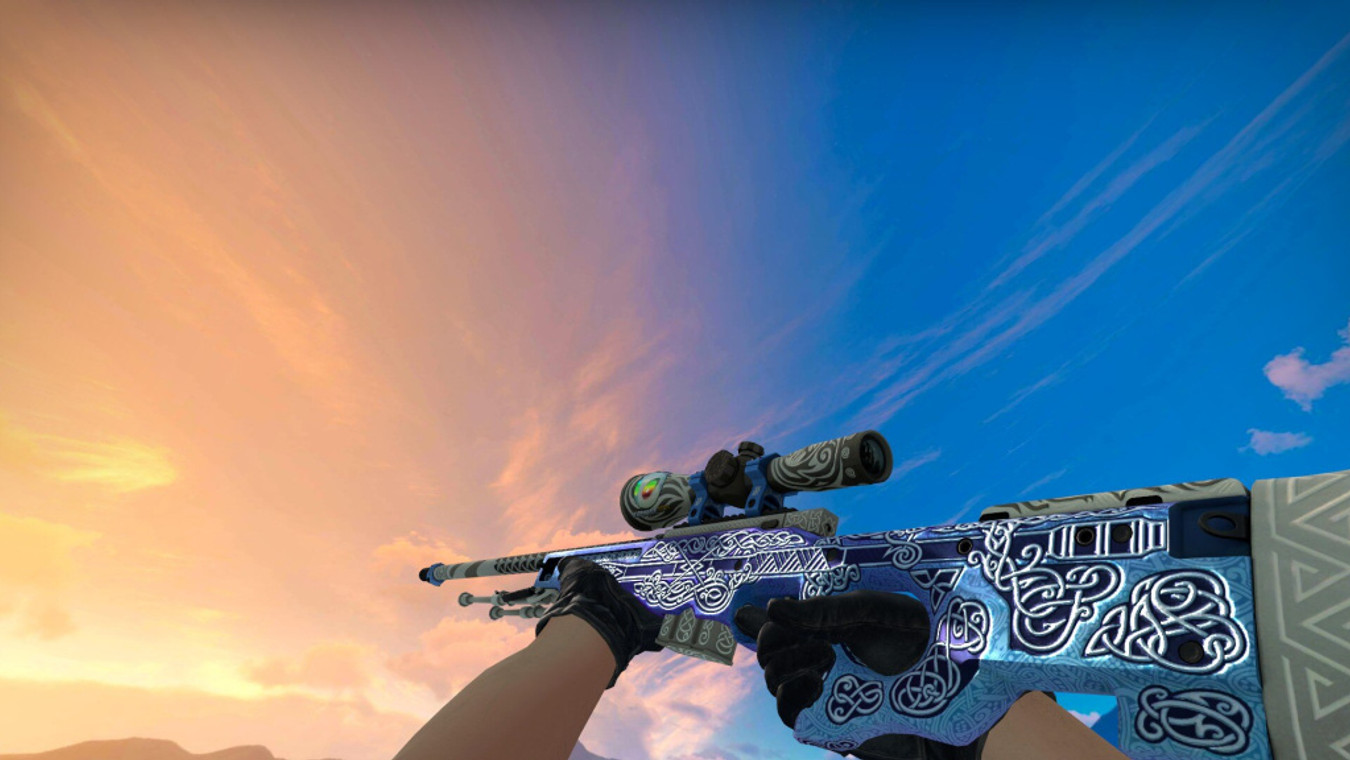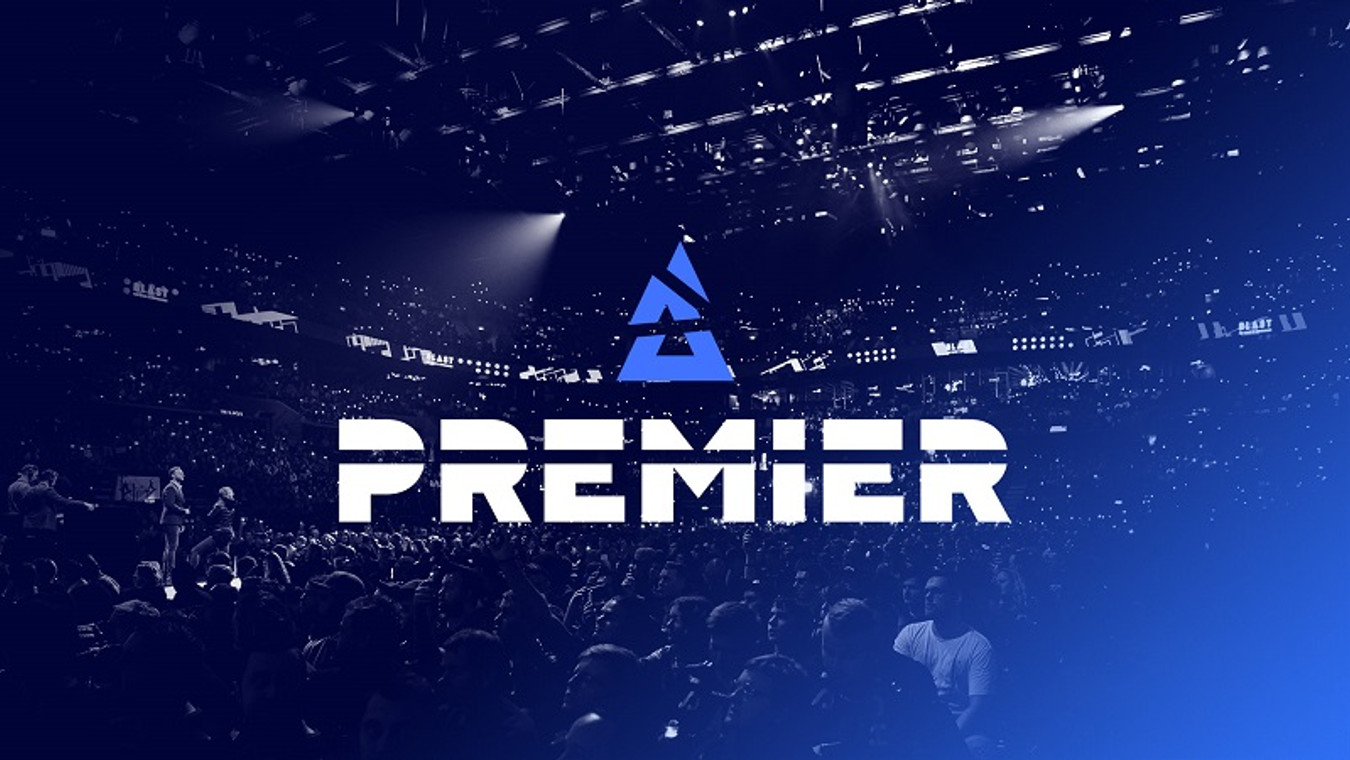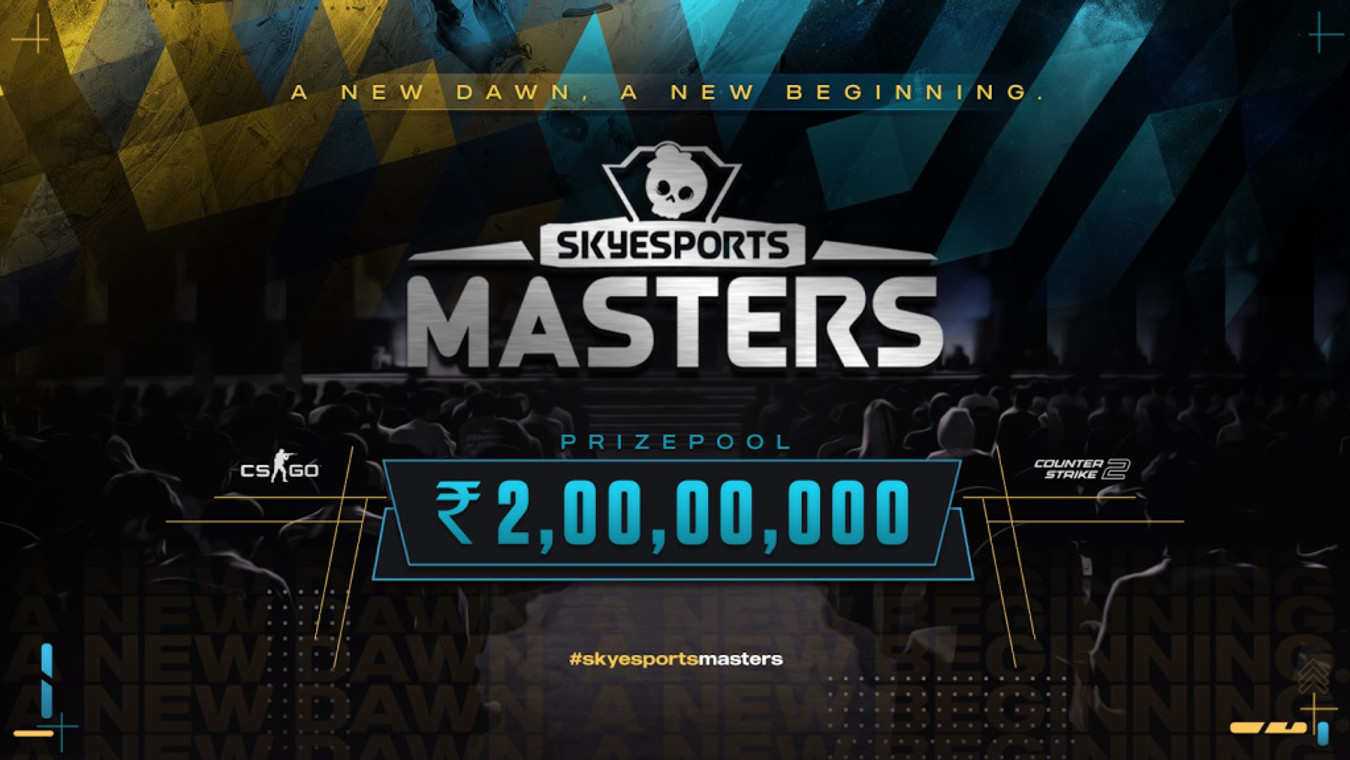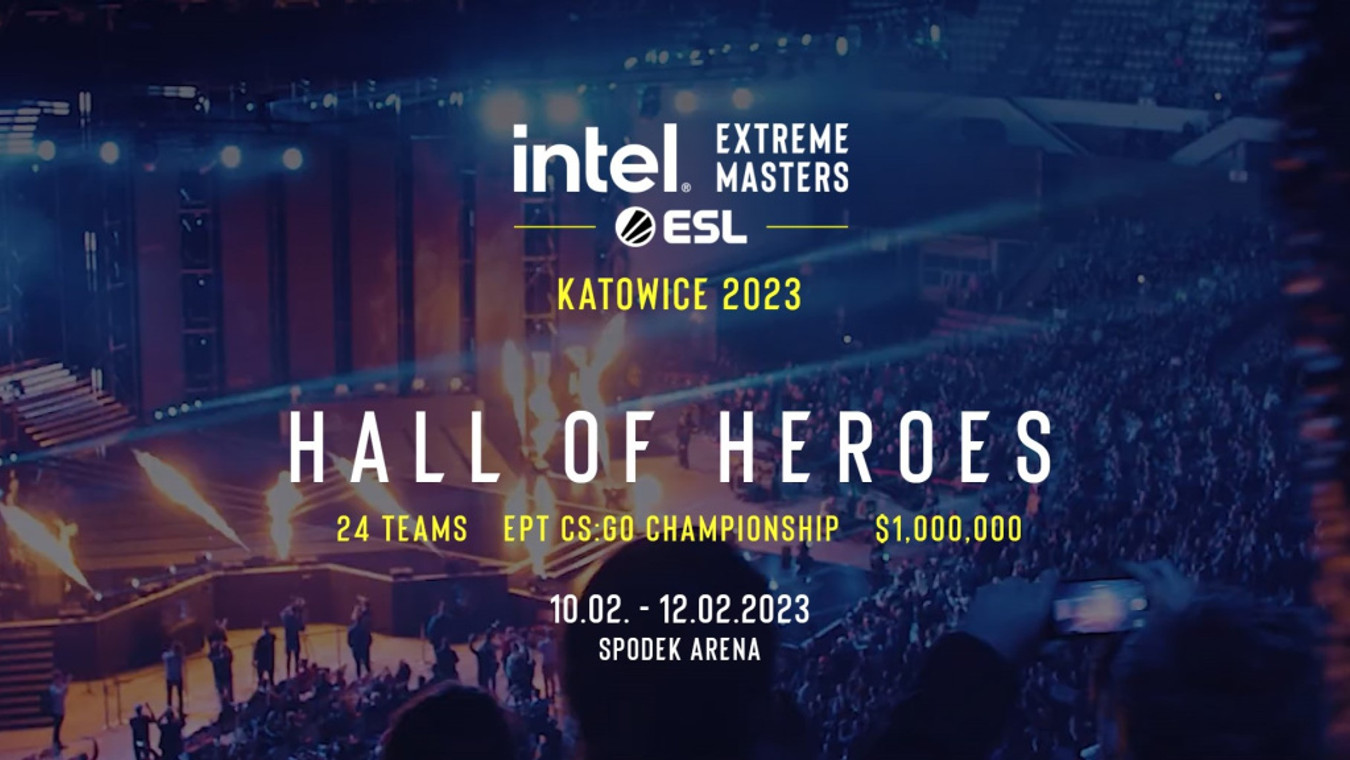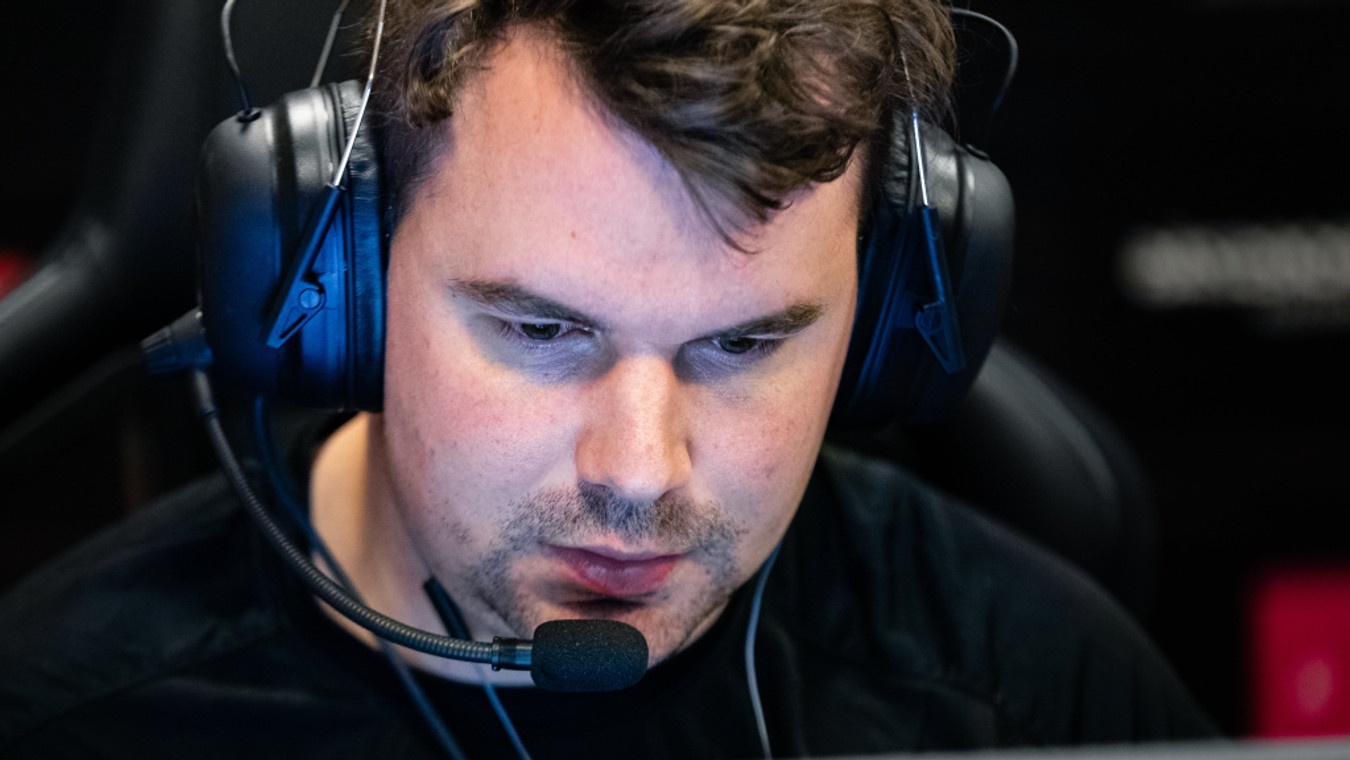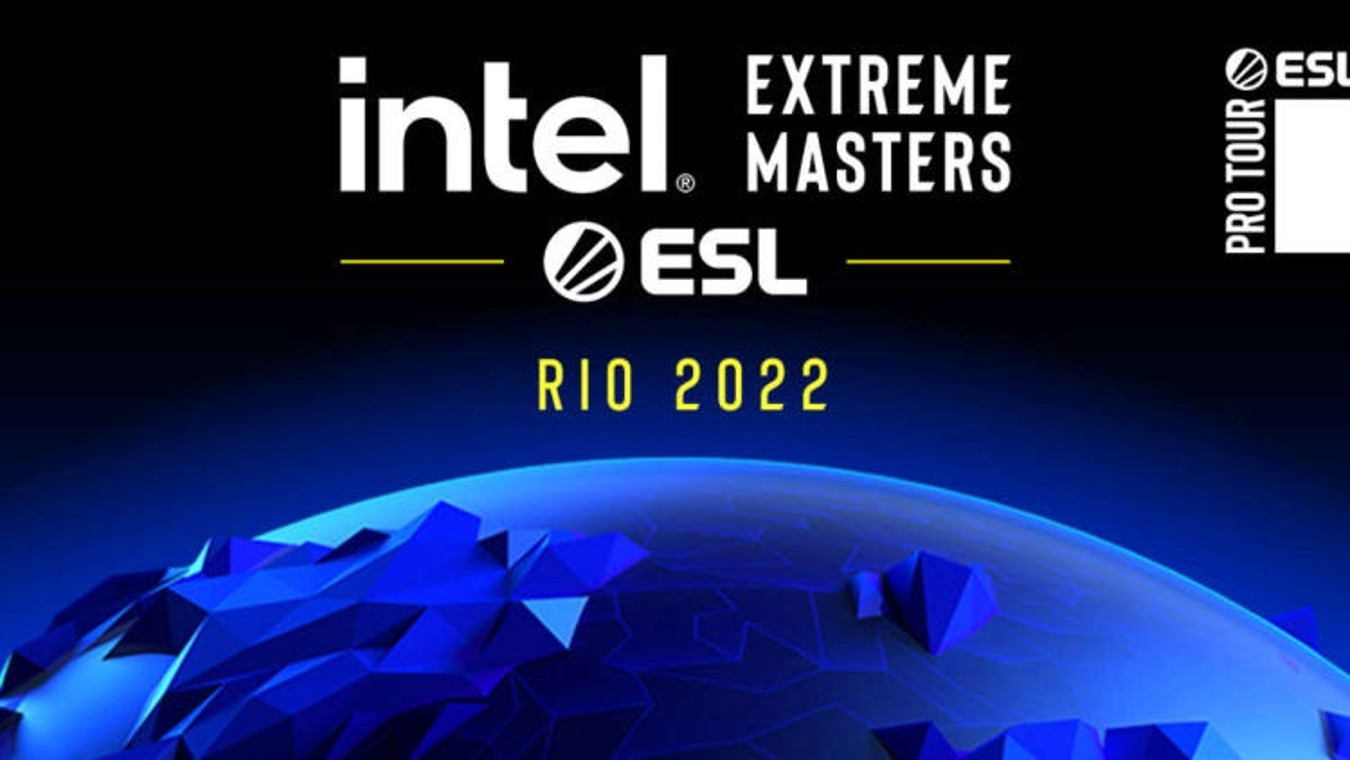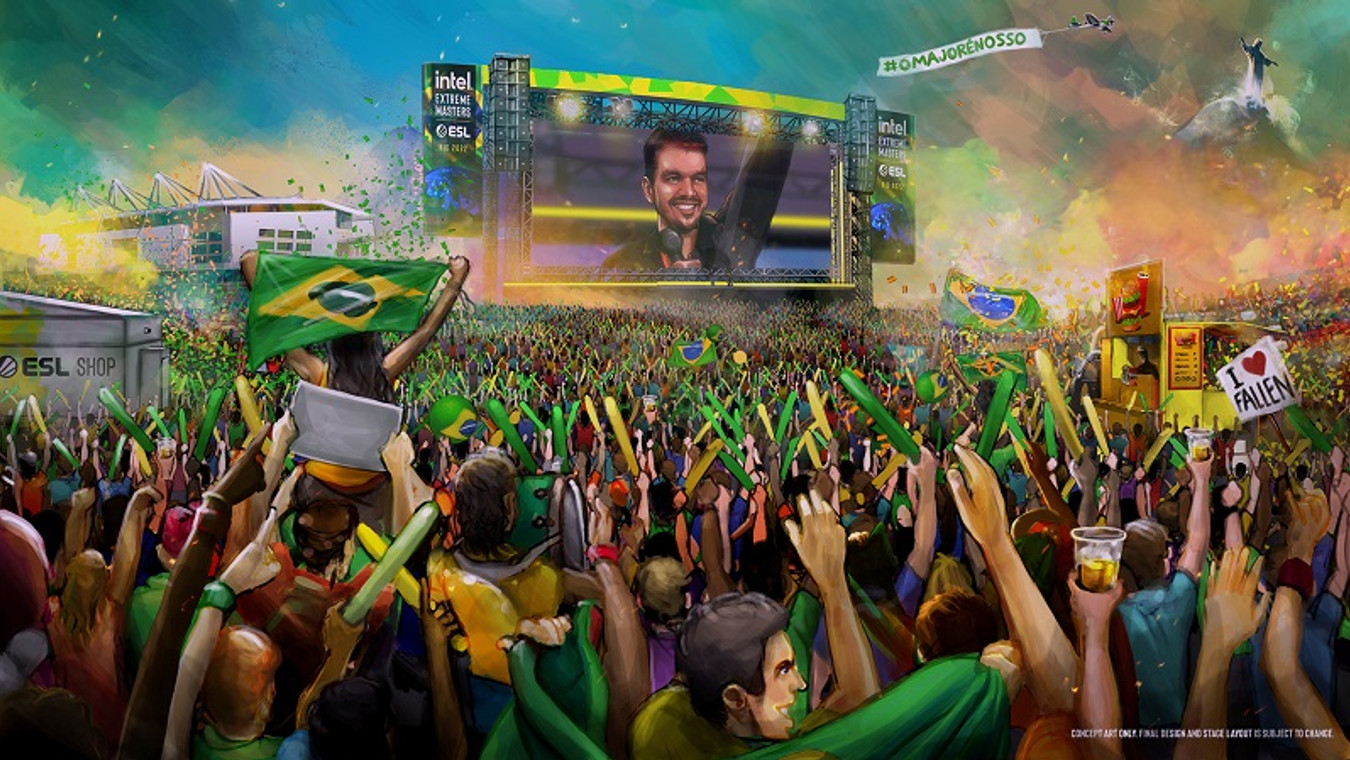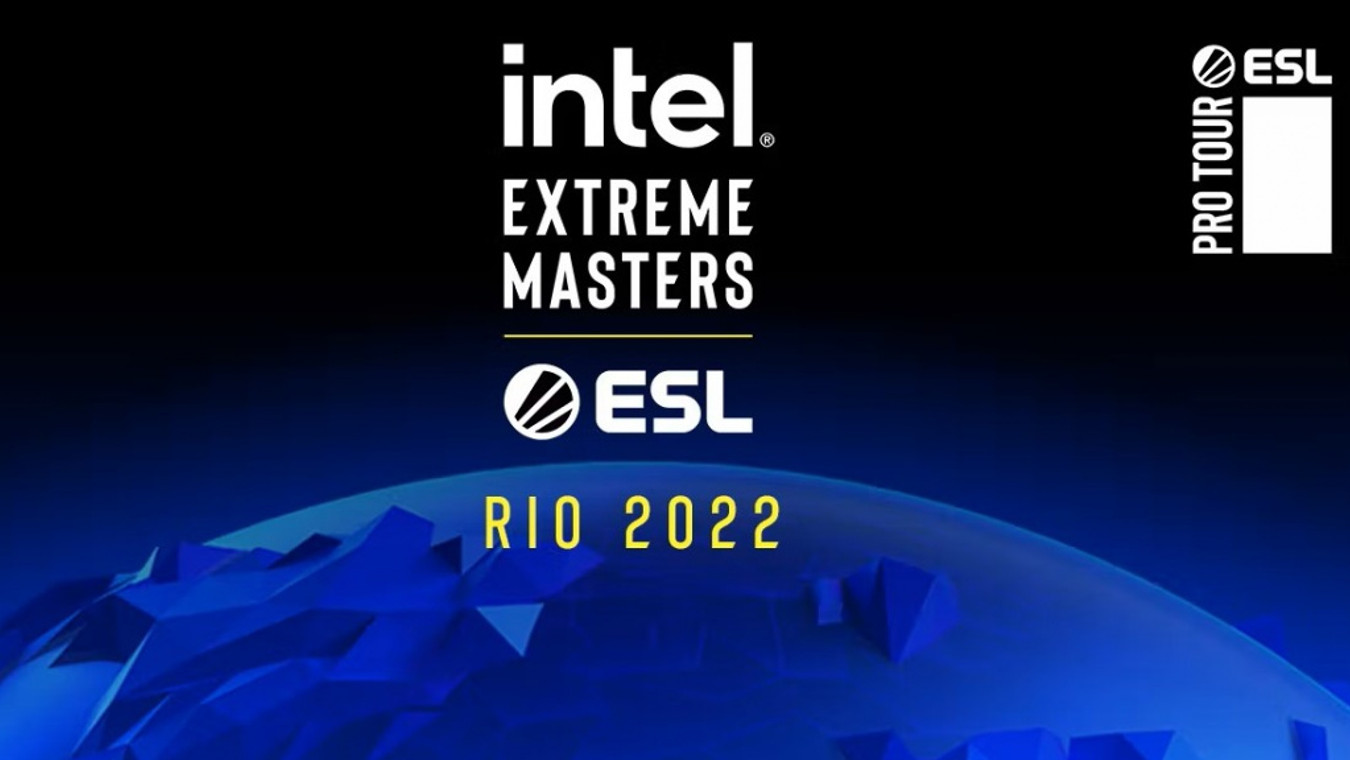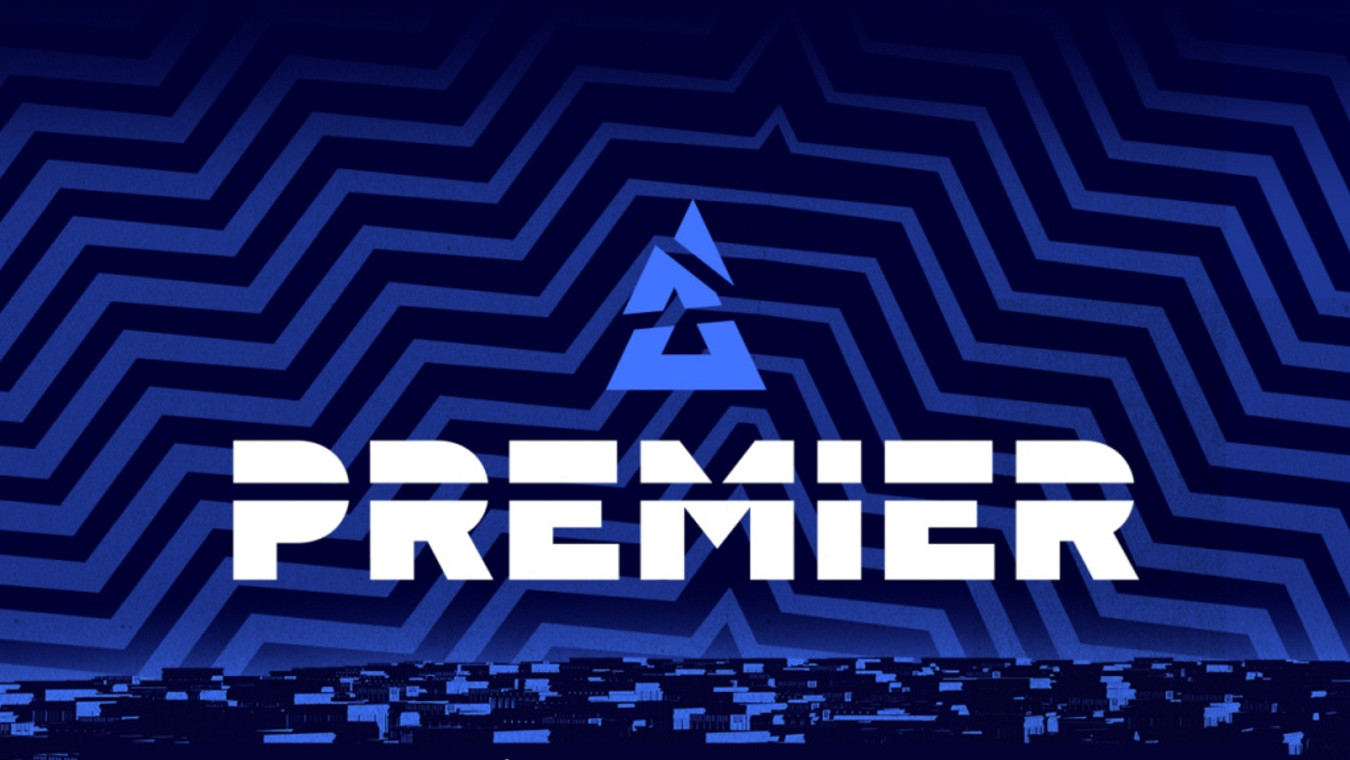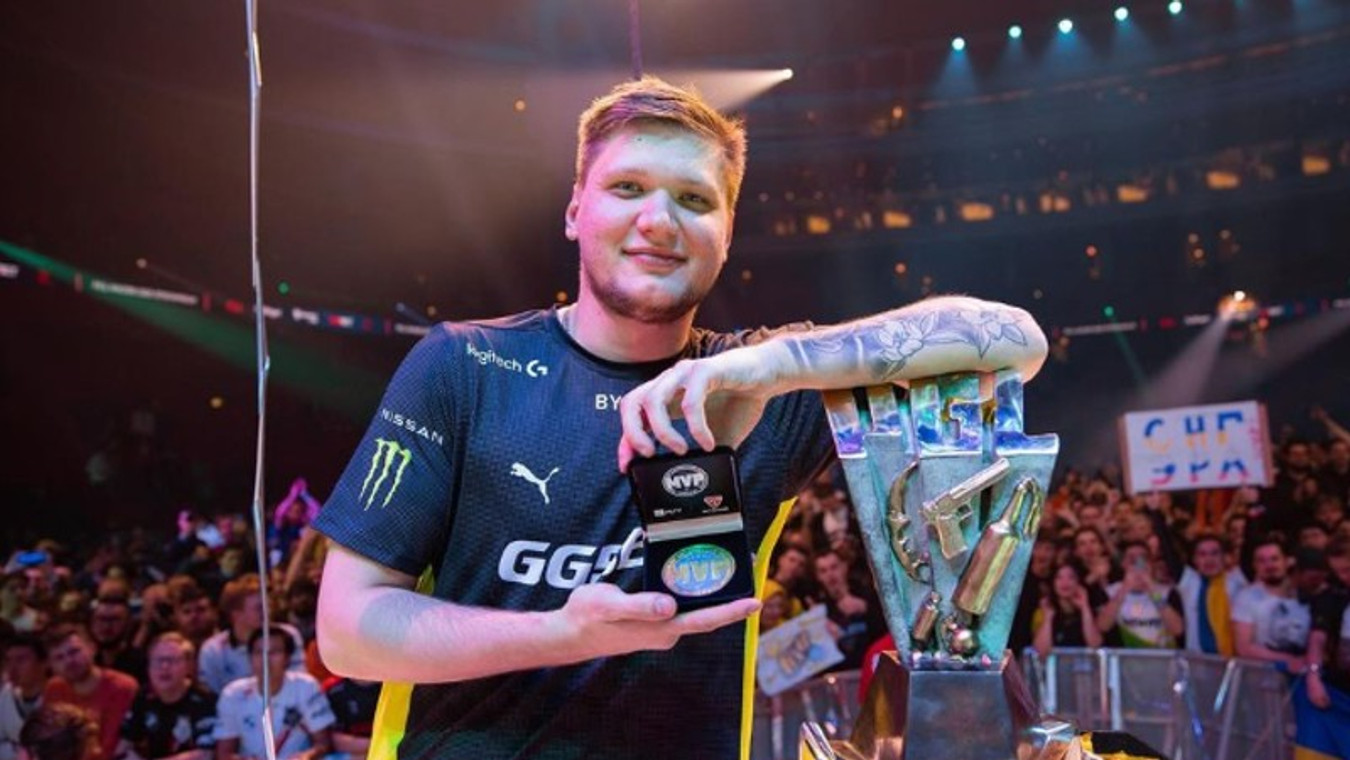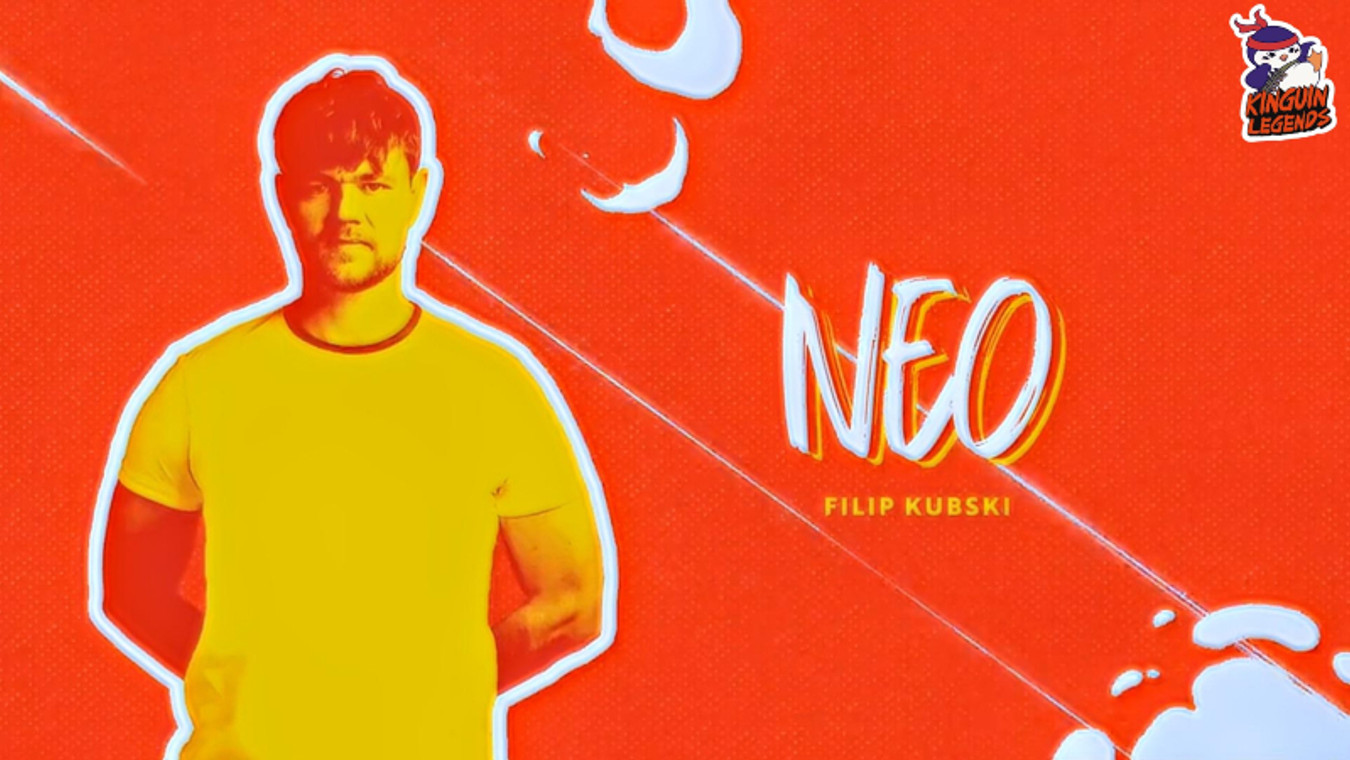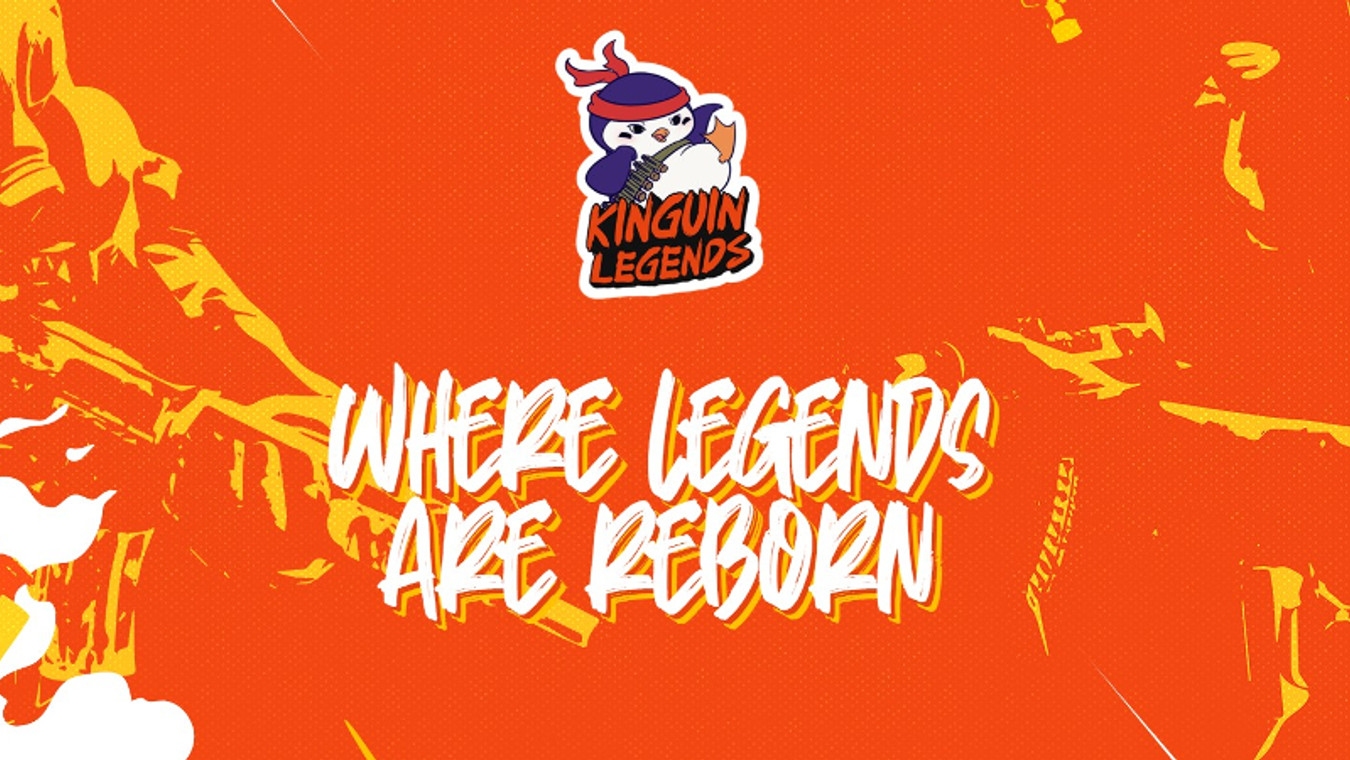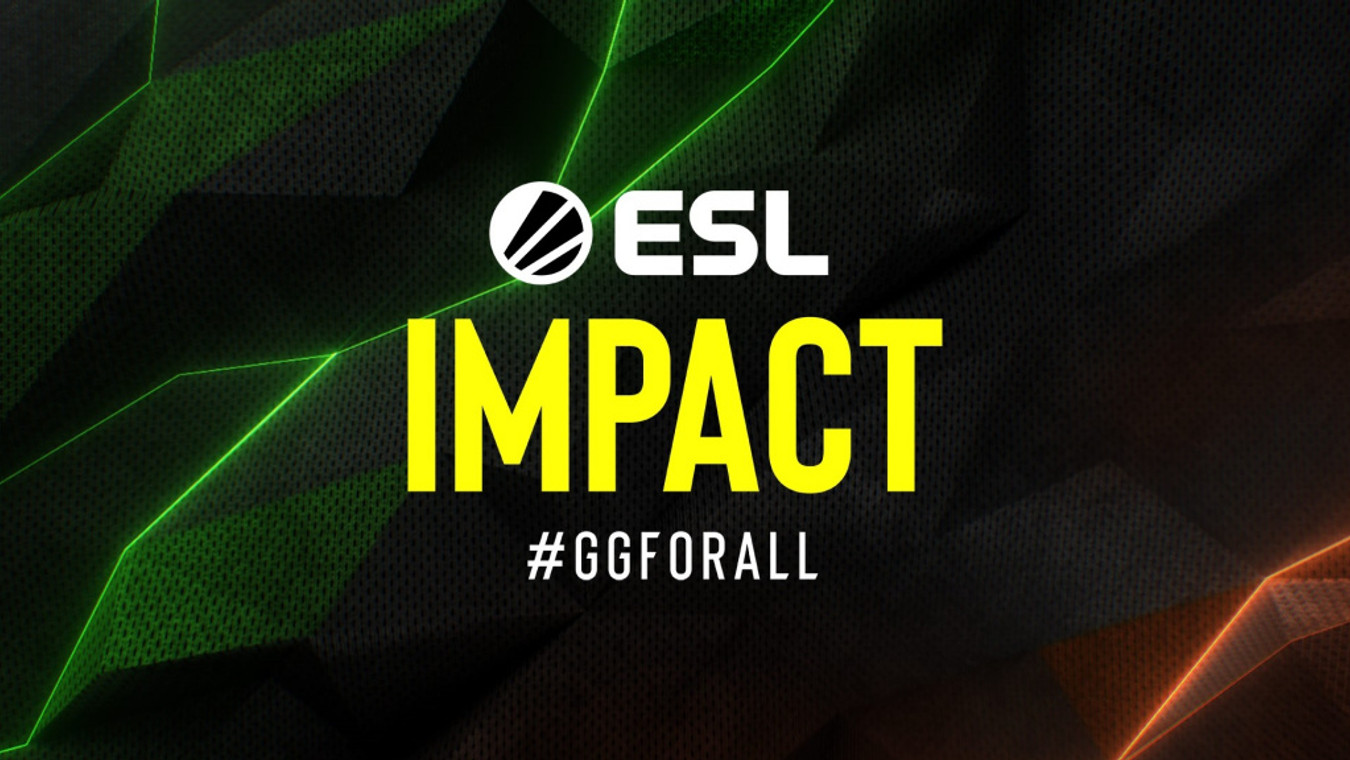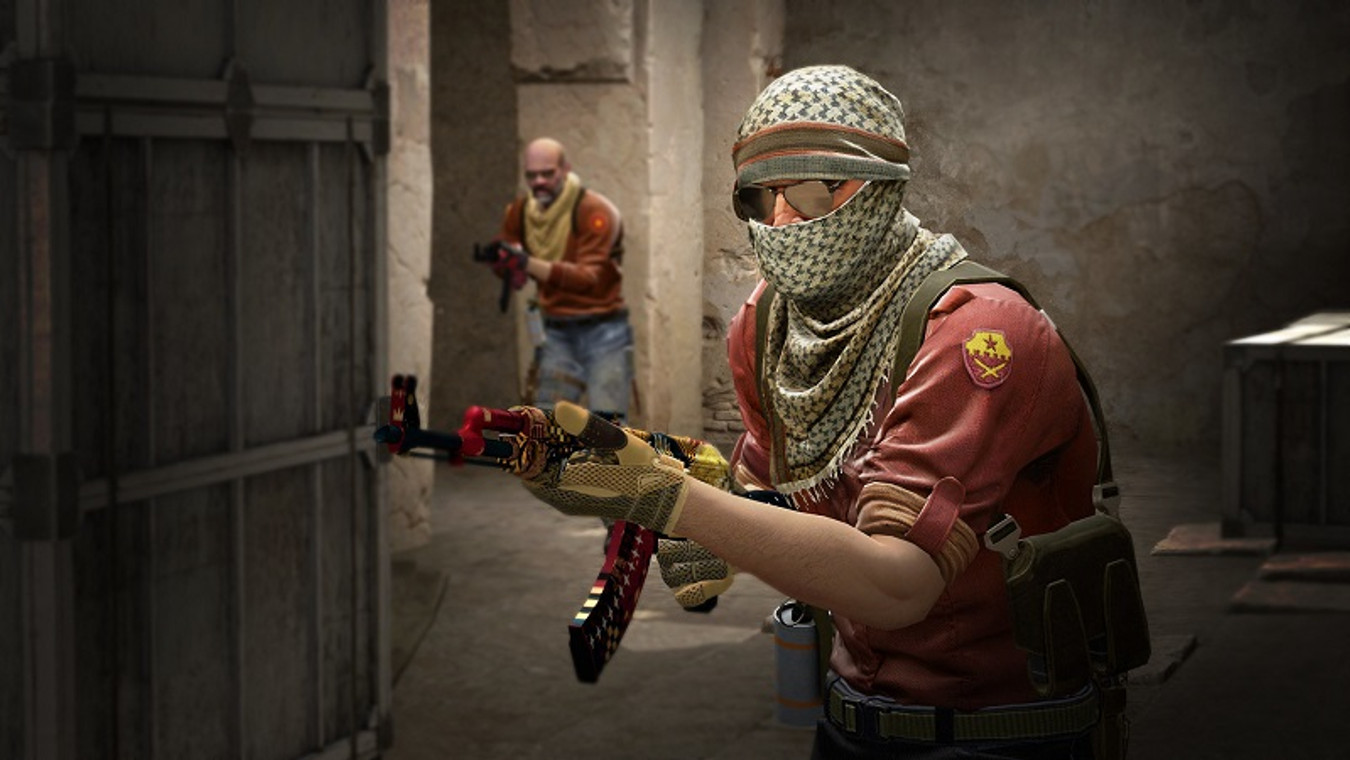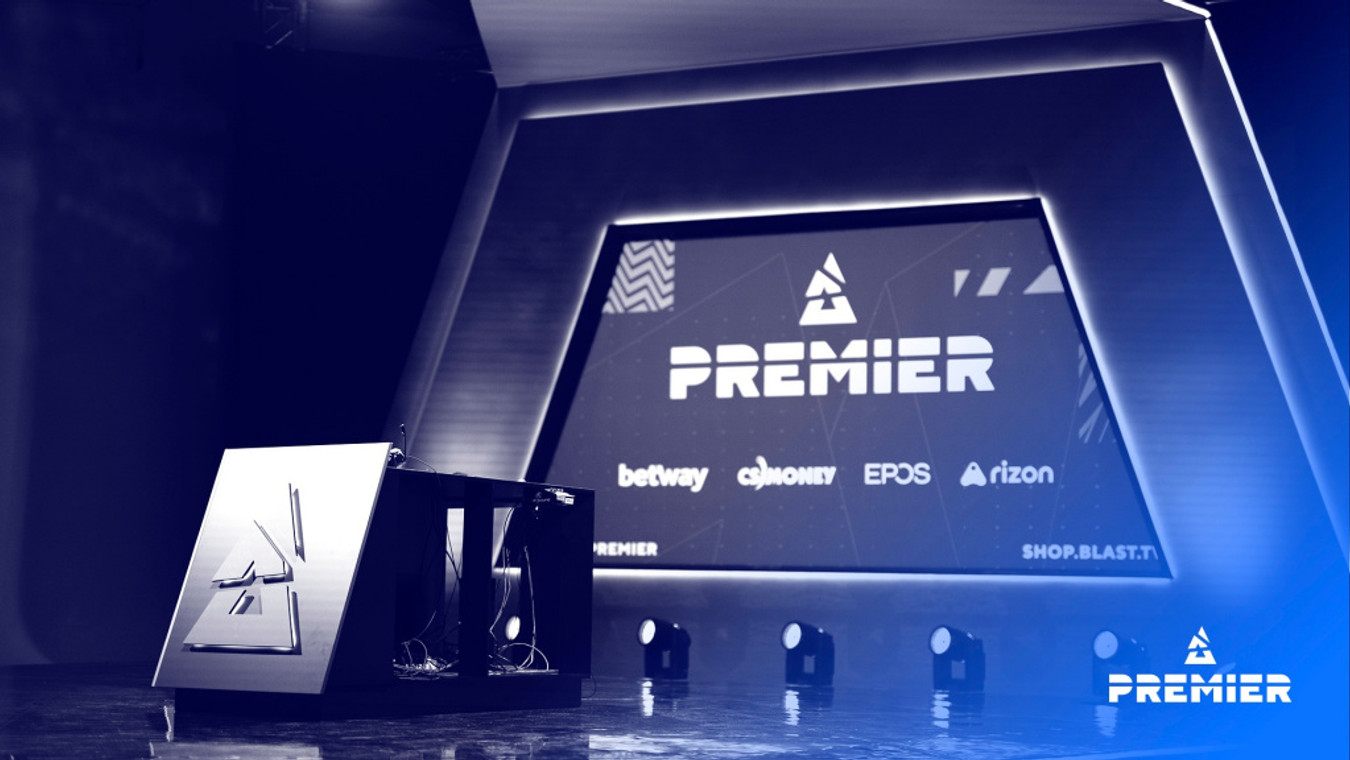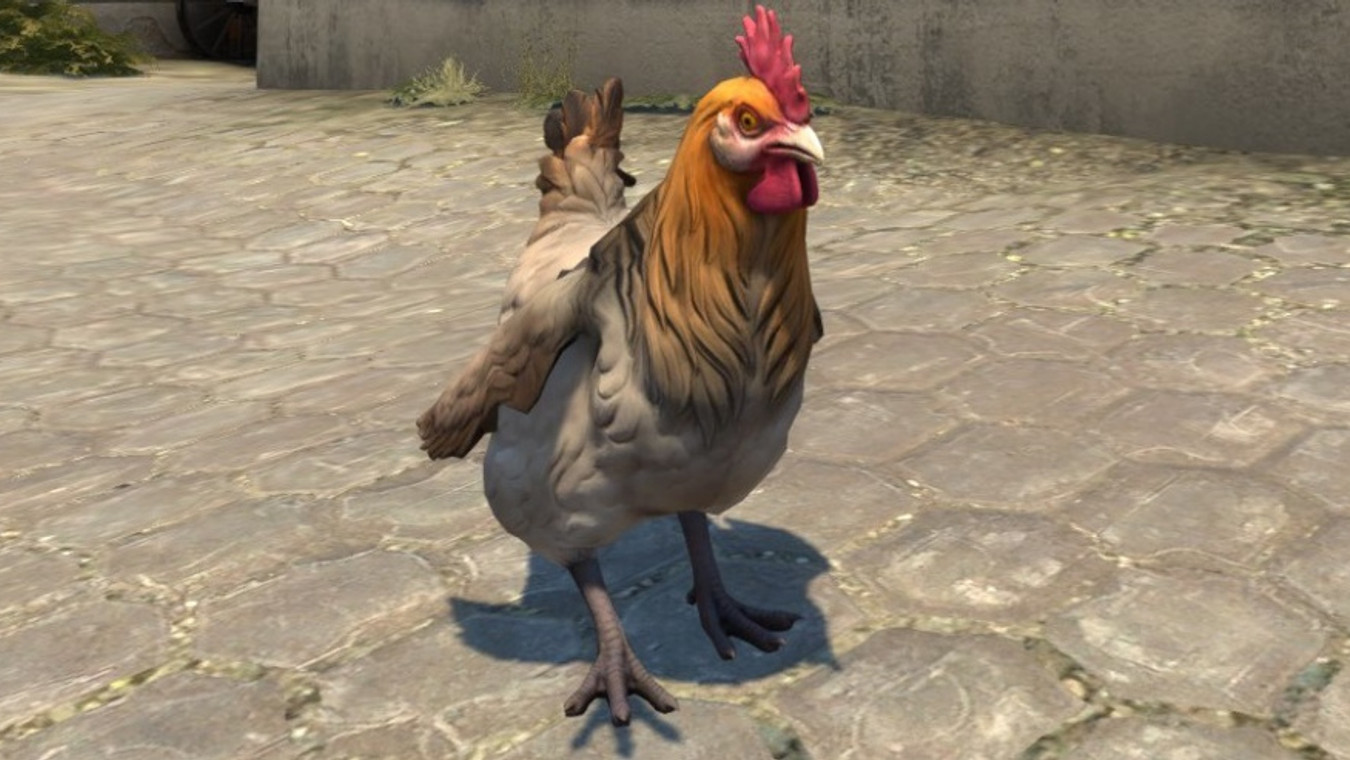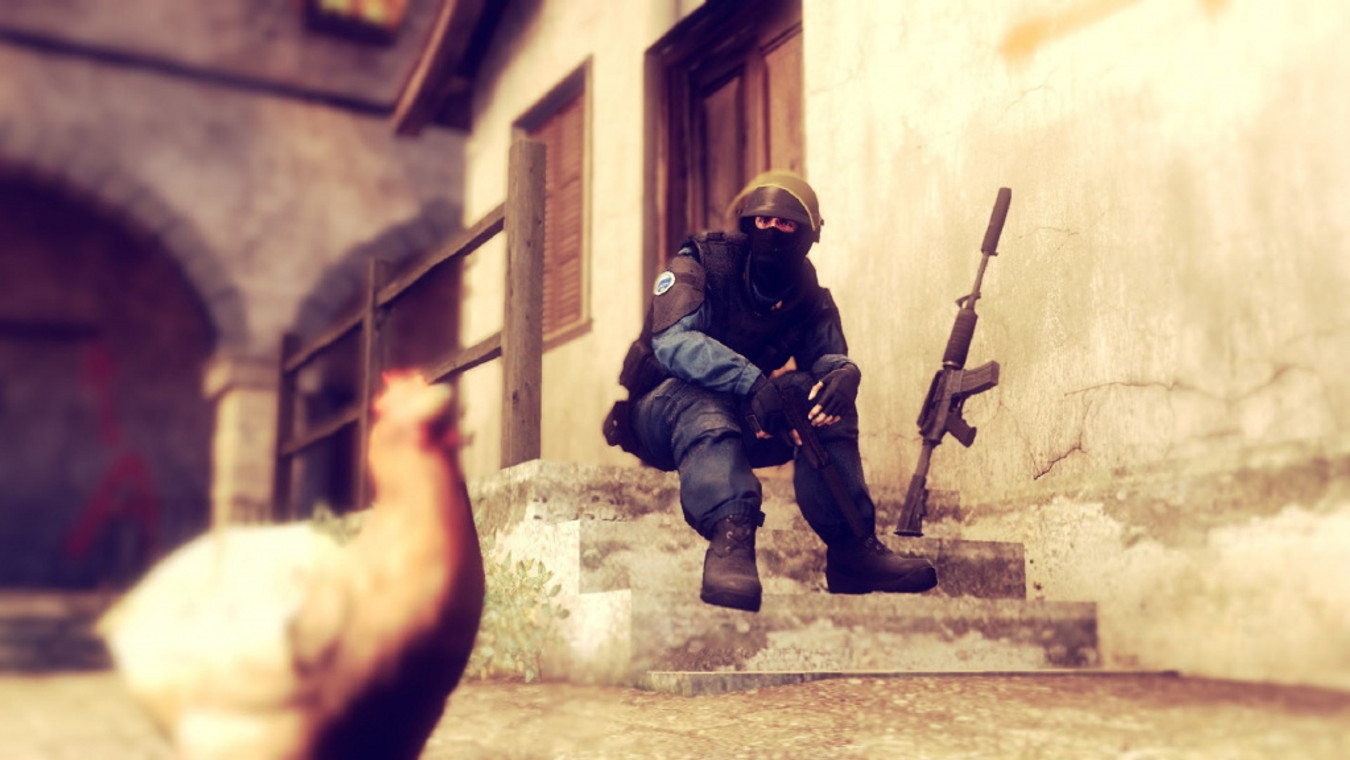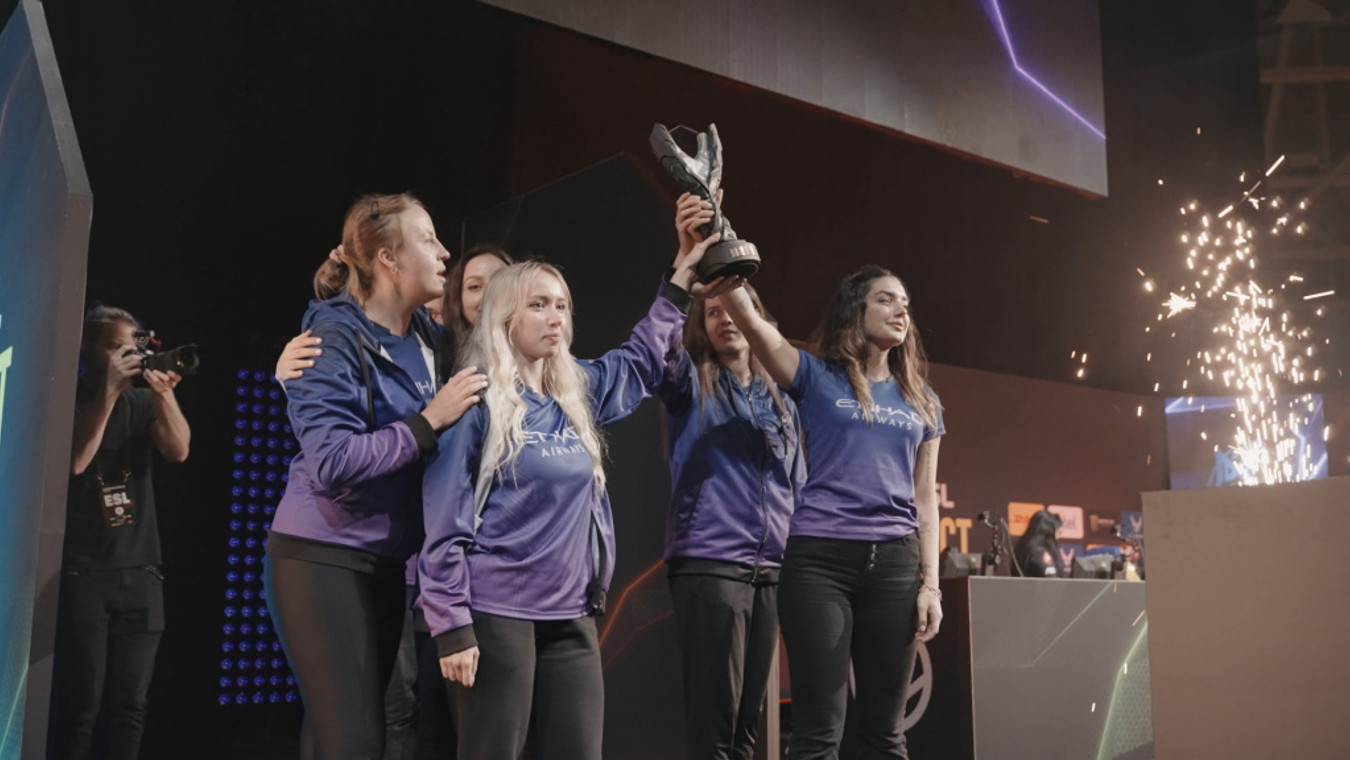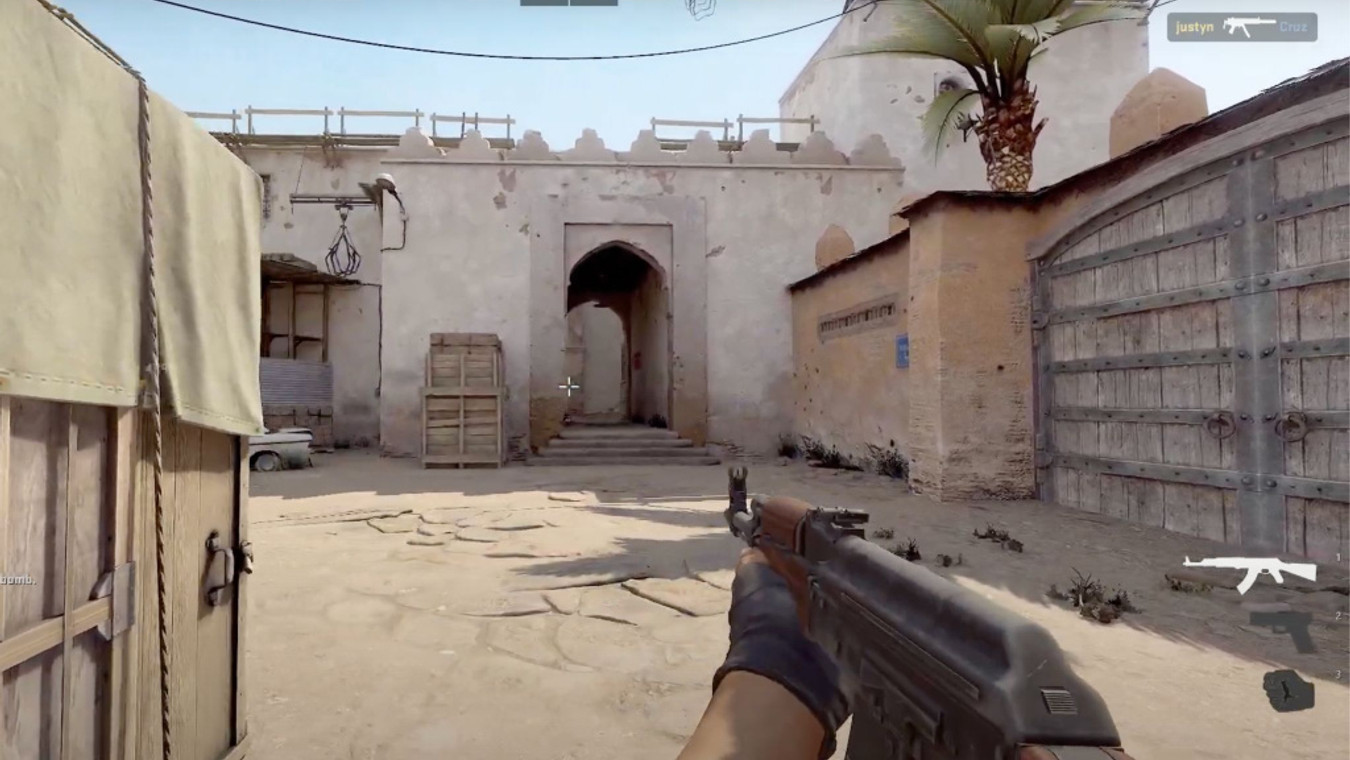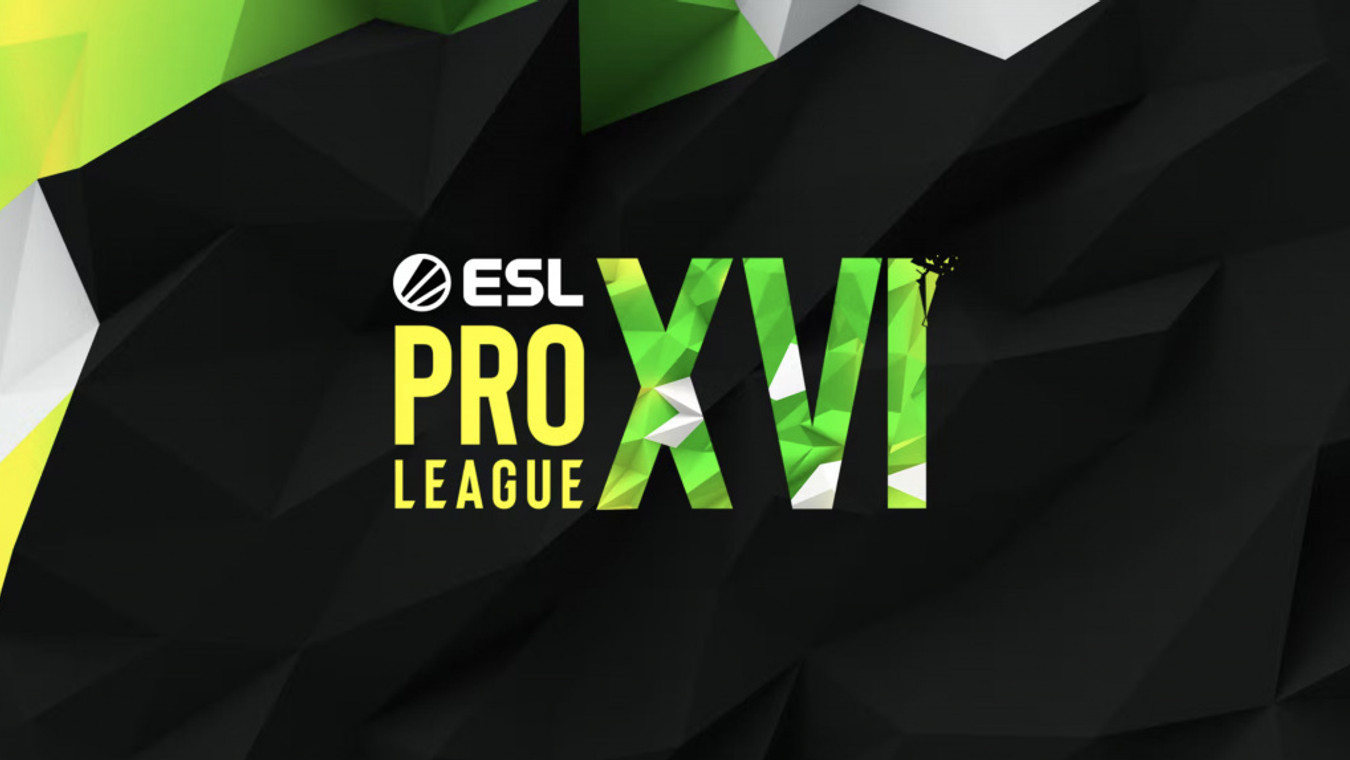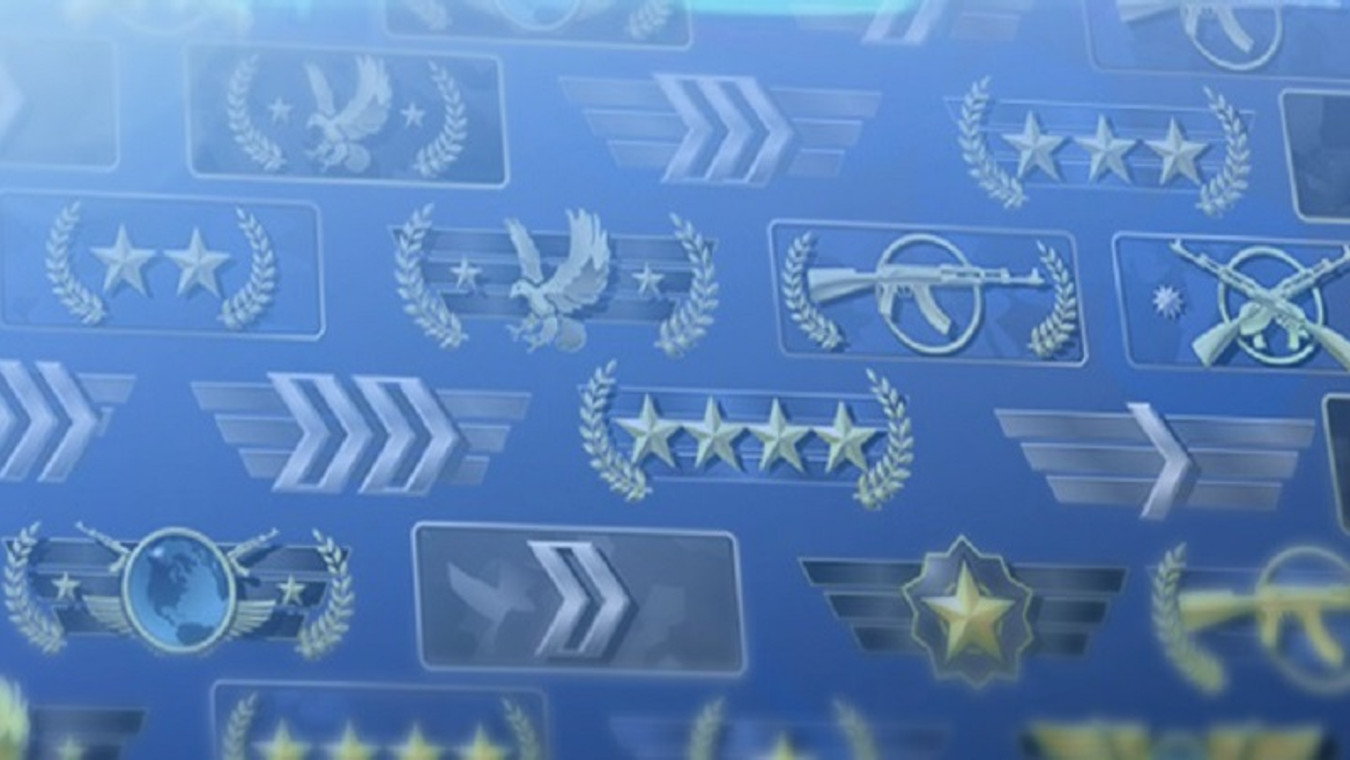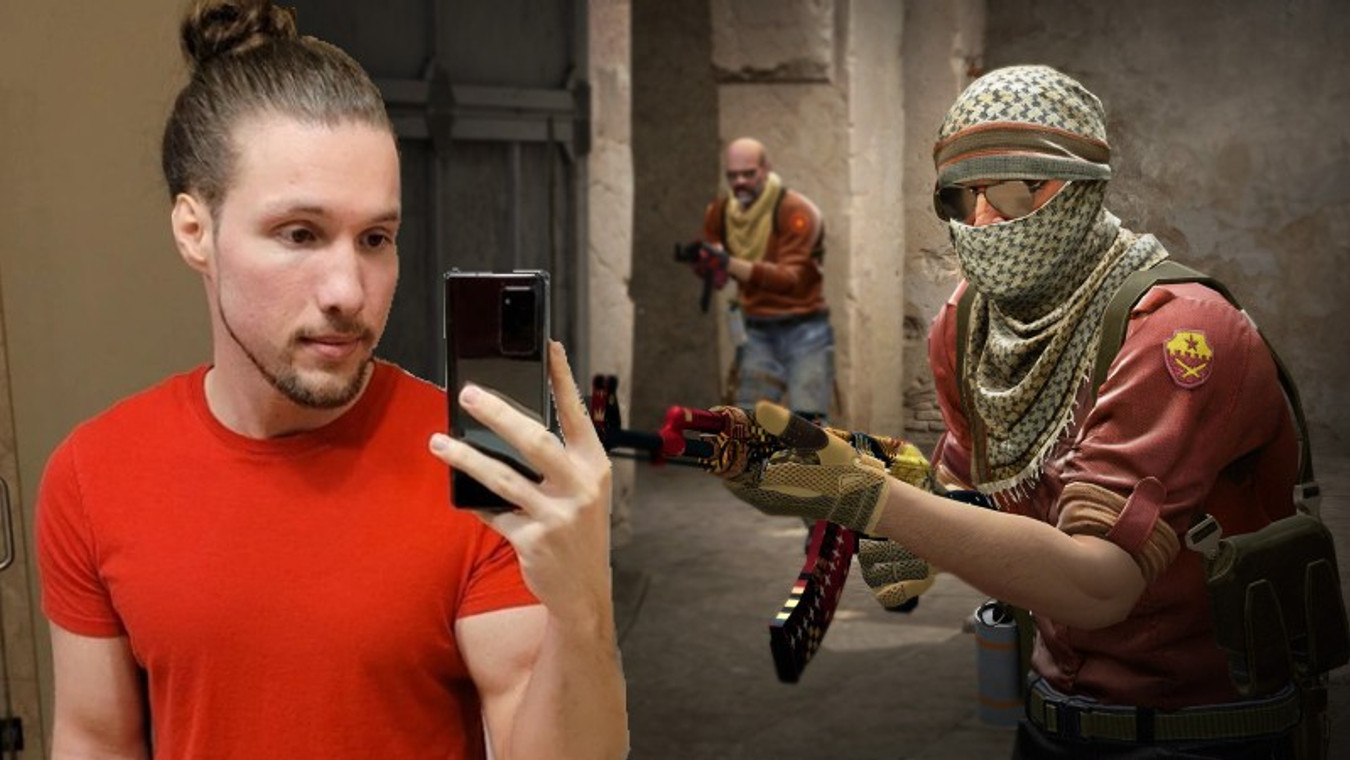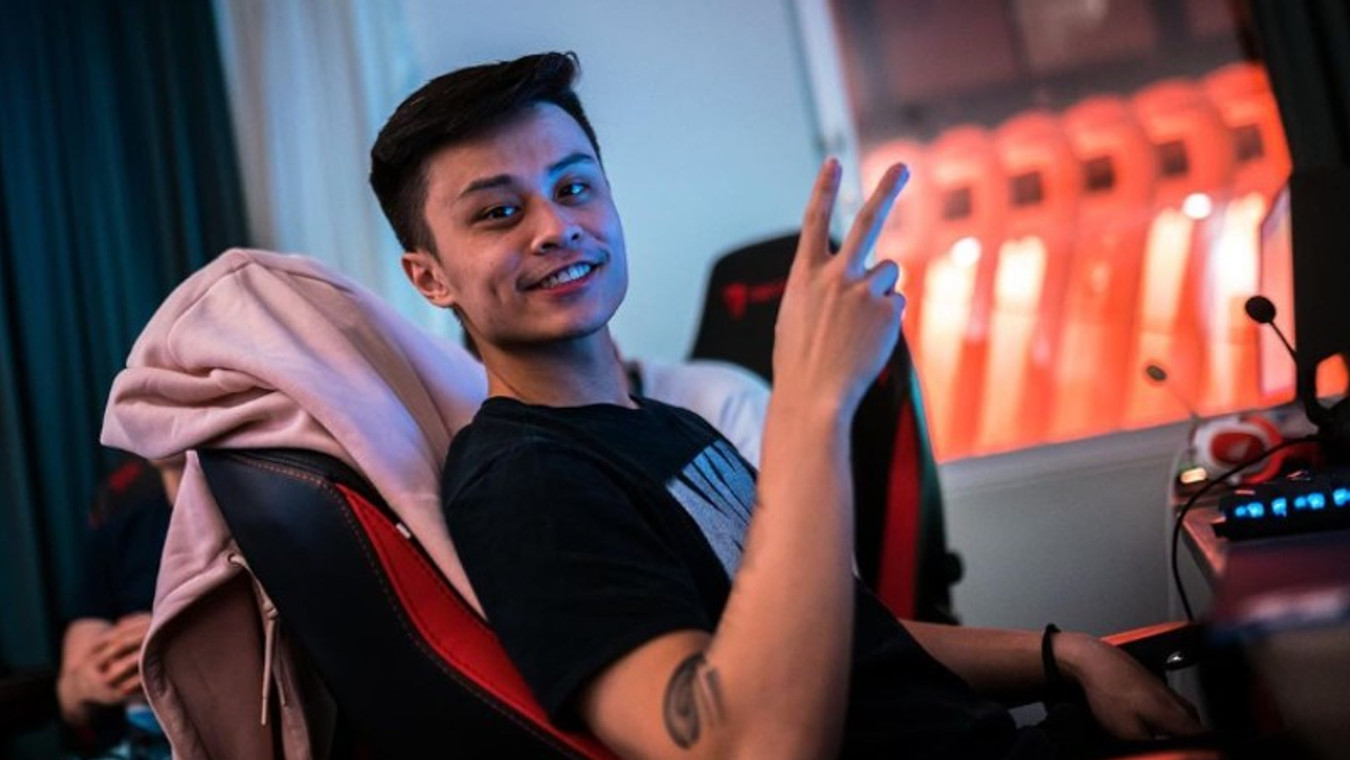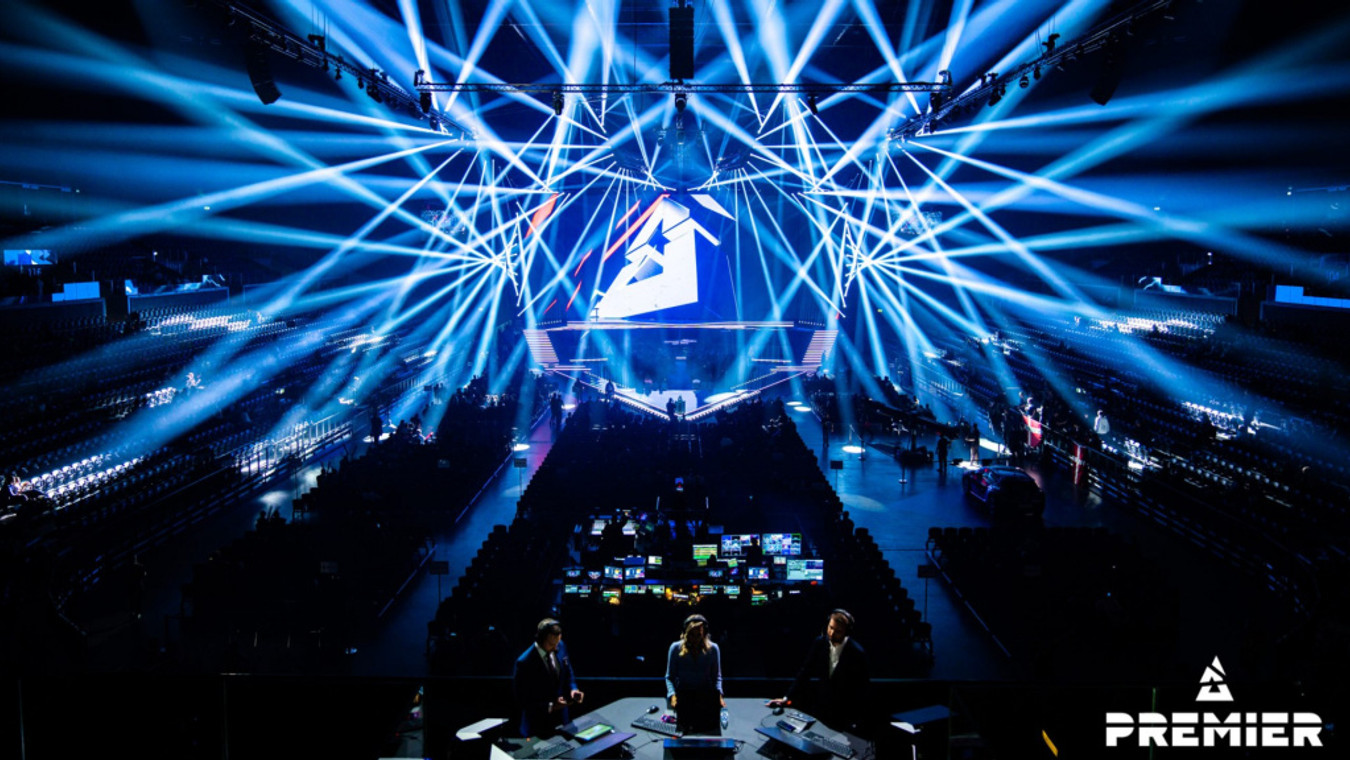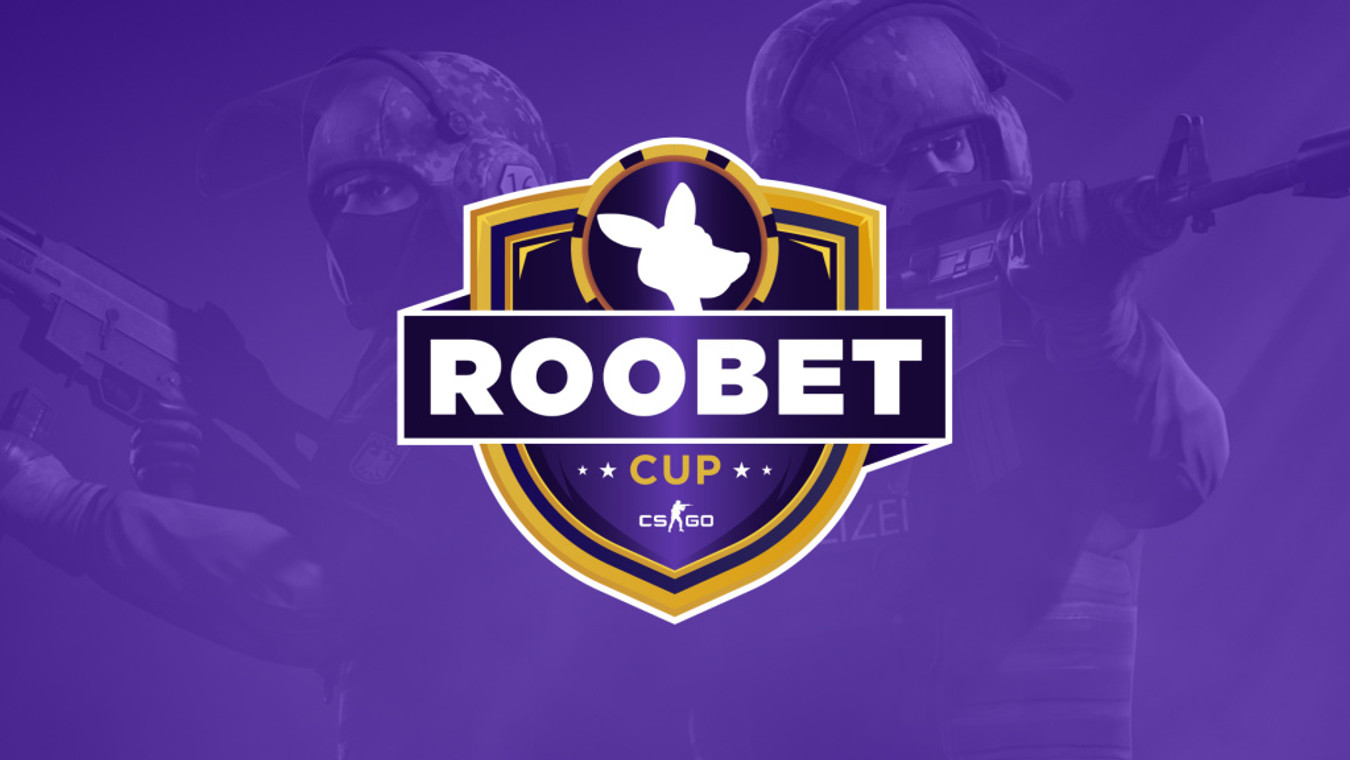Developed by Valve and Hidden Path Entertainment, the fourth entry in the iconic tactical FPS franchise, Counter-Strike: Global Offensive (CS:GO) was released 0n 21 August 2012. Since its release, CS:GO has gone from strength to strength, accumulating a massive player base, and focusing primarily on esports.
Valve has introduced some major updates to CS:GO throughout the years, with one of the biggest editions being the battle royale mode Danger Zone released in December 2018. The most popular mode, however, remains competitive, where two teams (Terrorists and Counter-Terrorists) fight on a plethora of maps. Terrorists are tasked with planting a bomb at either the A or B site, while Counter-Terrorists need to stop a bomb from being planted or defuse a bomb during the "post-plant" phase.
CS GO Story & Purpose
CS:GO doesn't really have a story, as this is a multiplayer-focused title. The CS:GO storyline focuses on Terrorist and Counter-Terrorist missions, for example, characters rescuing hostages or stopping a bomb attack from taking place.
Throughout multiple comics, cooperative missions and CS:GO Operations, there are tidbits of the story to be found. For example, the first-ever CS:GO character, named Booth, was introduced via the Arms Deal update. Booth is an arms dealer and it is he who sells weapon skins to the whole world. We would categorize this more as background lore than an actual storyline.
The game's main purpose is competitive play. It is the lifeblood of Valve's tactical FPS, and through esports and passionate fans, the game continues to grow a decade after release. This brings us to our next section, CS:GO esports and a complete list of all Majors.
CS GO Esports & Majors List
There's really nothing like watching CS:GO esports action. It doesn't matter if it's a small esports event or one of the biggest tournaments in the game's history. CS:GO esports simply shines due to its intense gameplay where a round can be won and lost in a split-second, instant headshot kills, and Rounds with a short time limit.
There have been thousands of CS:GO esports tournaments across the globe. Some of these tournaments feature small prize pools, or promotion to a higher league, while others boast massive, life-changing prize pools.
The biggest CS:GO esports tournaments are the Majors. Hosted by popular event organizers, and filled to the brim with talented casters in a LAN environment, a Major is the pinnacle of CS:GO esports. There have been a total of 17 Majors, with the first one being DreamHack Winter 2013.
All CS:GO Majors & Winners
-
DreamHack Winter 2013 - Fnatic
-
ESL Major Series One Katowice 2014 - Virtus.pro
-
ESL One: Cologne 2014 - NiP
-
DreamHack Winter 2014 - LDLC
-
ESL One: Katowice 2015 - Fnatic
-
ESL One: Cologne 2015 - Fnatic
-
DreamHack Open Cluj-Napoca 2015 - Envy
-
MLG Major Championship: Columbus 2016 - LG
-
ESL One: Cologne 2016 - SK Gaming
-
ELEAGUE Major: Atlanta 2017 - Astralis
-
PGL Major Kraków 2017 - Gambit
-
ELEAGUE Major: Boston 2018 - Cloud9
-
FACEIT Major: London 2018 - Astralis
-
Intel Extreme Masters XIII - Katowice Major 2019 - Astralis
-
StarLadder Berlin Major 2019 - Astralis
-
ESL One: Rio 2020 (event cancelled)
-
PGL Major Stockholm 2021 - Na'Vi
-
PGL Major Antwerp 2022 - TBA
It is important to note that since the MLG Major Championship: Columbus 2016, all CS:GO Majors have featured a prize pool of $1 million or above. ESL One Rio was cancelled due to the COVID-19 pandemic.
Winners of Majors have etched themselves into this history books. Some instances in Majors, for example, an incredible play or an Ace (one player killing all five enemies) get graffiti created on a competitive map to forever immortalize the player and accomplishment. This only happens in Majors, as these are the Valve-sponsored behemoths of CS:GO esports.
While Majors are the best-of-the-best, we've also seen the likes of BLAST, ESL and IEM tournaments with huge prize pools, and incredible production value.
How to Download & Play CS GO?
In December 2018, CS:GO officially went free-to-play. To download and play CS:GO for free, simply head on over to the game's Steam page. Download CS:GO (roughly 20 GB in 2022) and start playing with ease.
We suggest starting off by playing against bots in CS:GO, and by trying out both casual matchmaking as well as Danger Zone. If you want to become a pro one day, slowly work your way up the Ranked matchmaking, and watch as many esports tournaments as you can.
We also recommend a solid gaming mouse and mechanical keyboard while playing the game. In terms of displays, a gaming screen (144hz and 1ms response time) comes highly recommended if you want to compete at a high level.
CS:GO Minimum PC System Requirements
Since CS:GO still runs on Valve's original Source engine, and was released over a decade ago, the minimum PC system requirements are extremely low. Check out the minimum PC specs to play it below, as per the game's official Steam Store page.
-
OS: Windows 7/Vista/XP
-
Processor: Intel Core 2 Duo E6600 or AMD Phenom X3 8750 processor or better
-
Memory: 2 GB RAM
-
Graphics: Video card must be 256 MB or more and should be a DirectX 9-compatible with support for Pixel Shader 3.0
-
DirectX: Version 9.0c
-
Storage: 15 GB of available space
Valve does not list any "recommended" PC system requirements for CS:GO. For the competitive player, however, we know 144hz screens (and therefore over 144 solid fps) is a must. Therefore, the real PC requirements to fully enjoy the game the way the pros play it is, in our opinion, an Intel i5 CPU, at least a GTX 1060 and 8GB of RAM.
CS:GO is arguably the greatest esports title ever created. While there are competitors such as Valorant and Rainbow Six, CS:GO knows no real equal in the tactical, team-based FPS esports market.
The only game that could likely top it in the future is a new Counter-Strike by Valve.

 No ads, our video library,
No ads, our video library,
